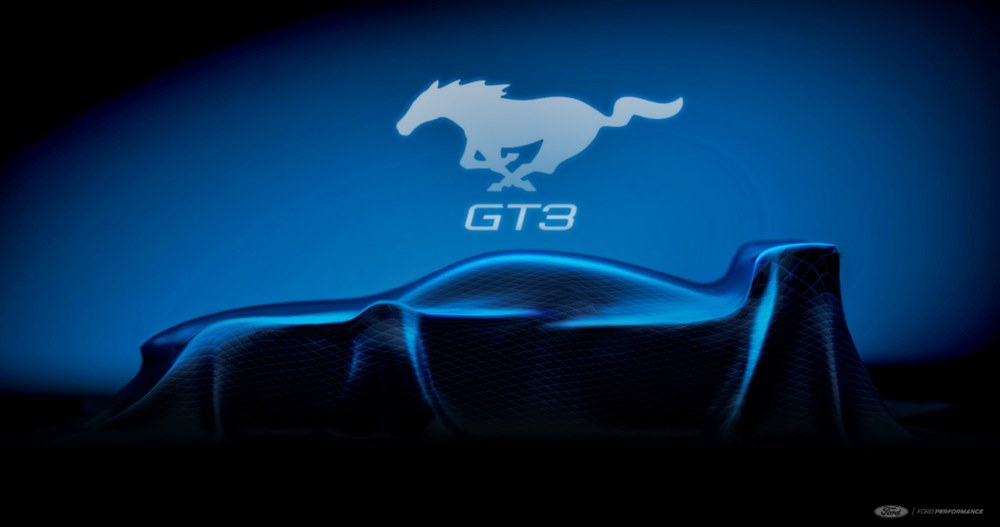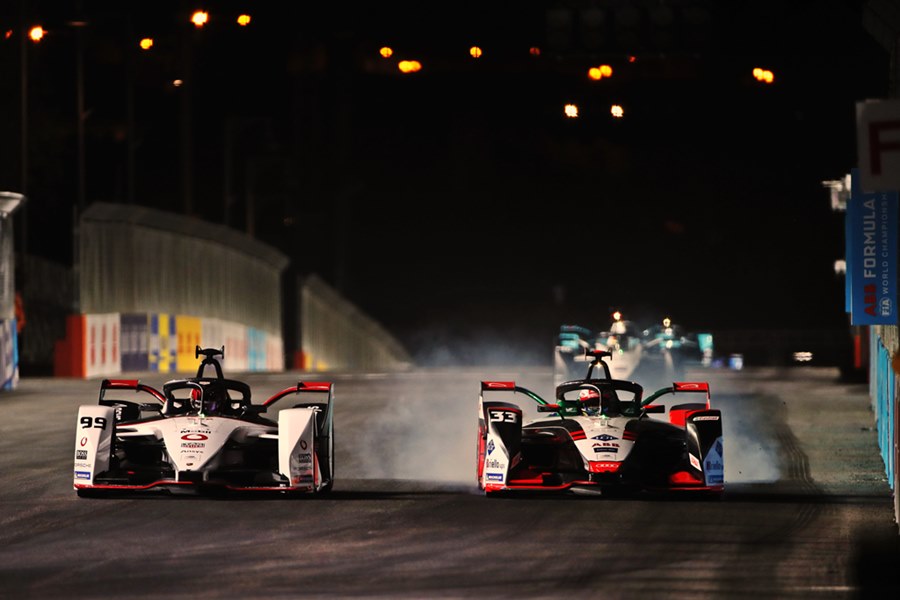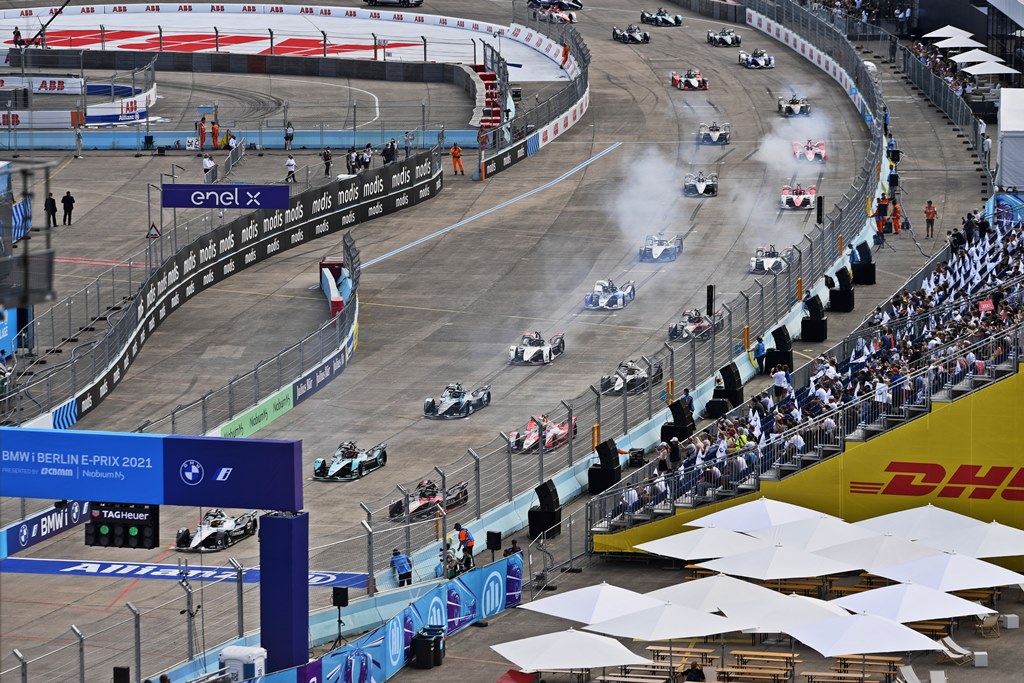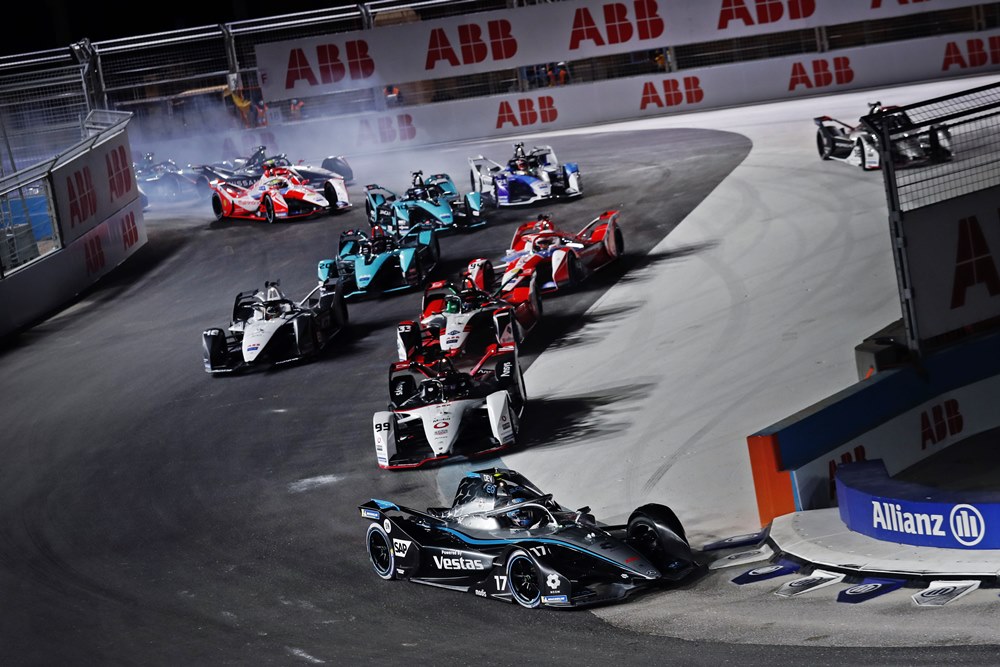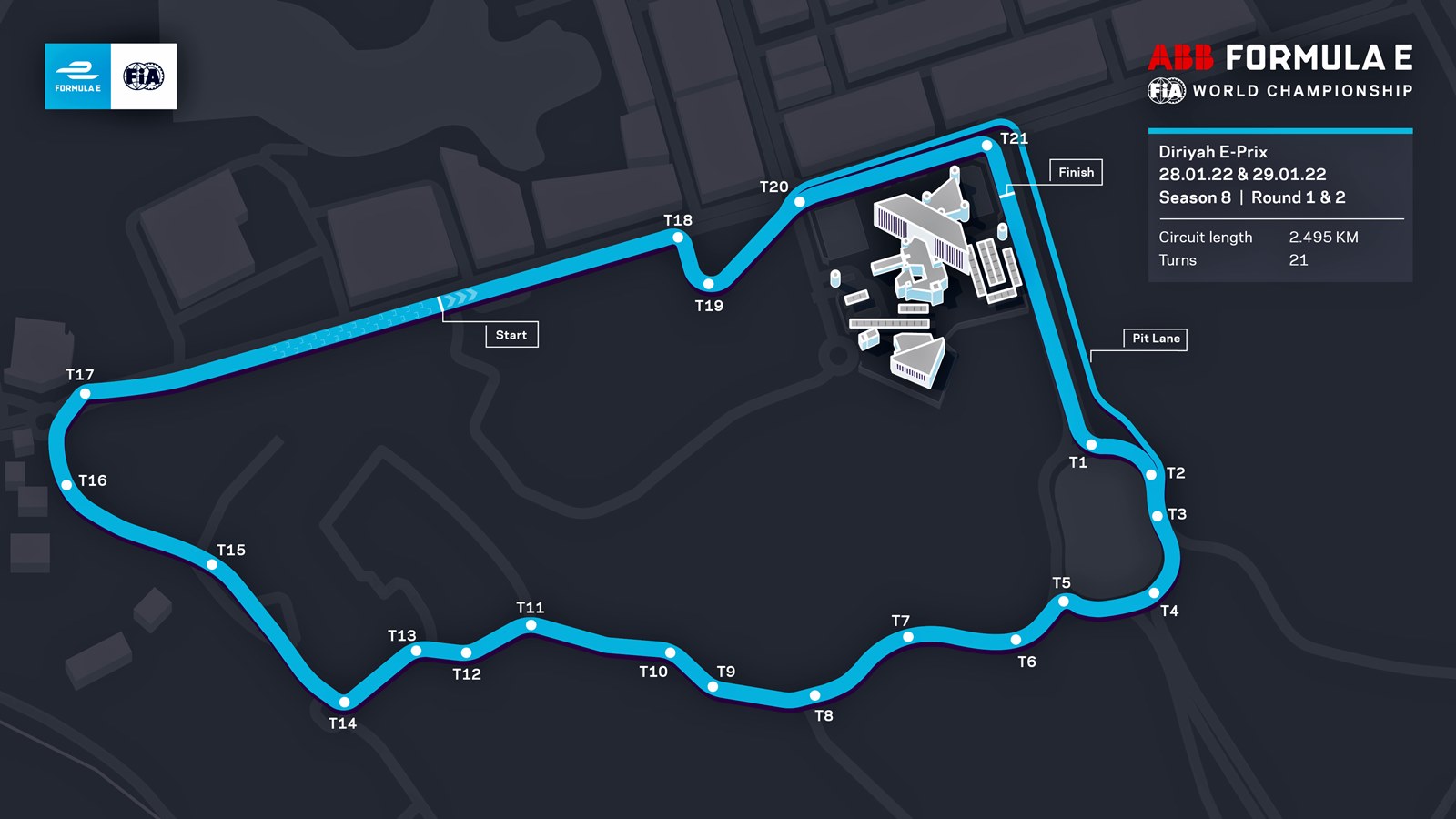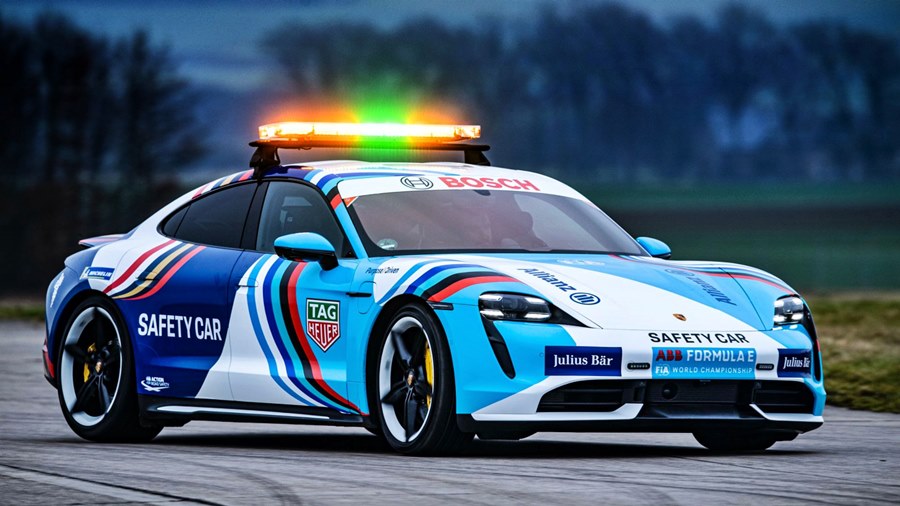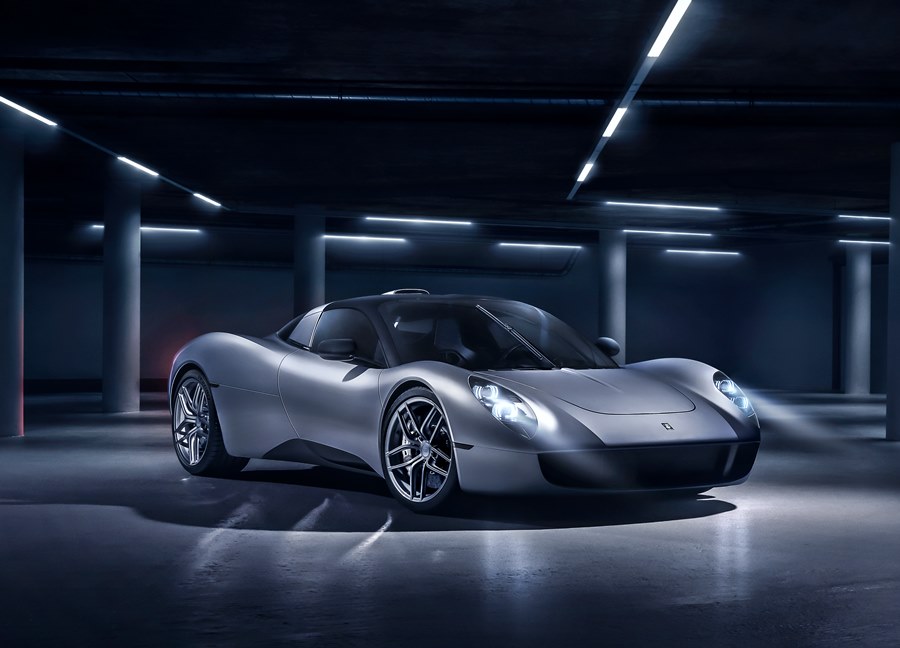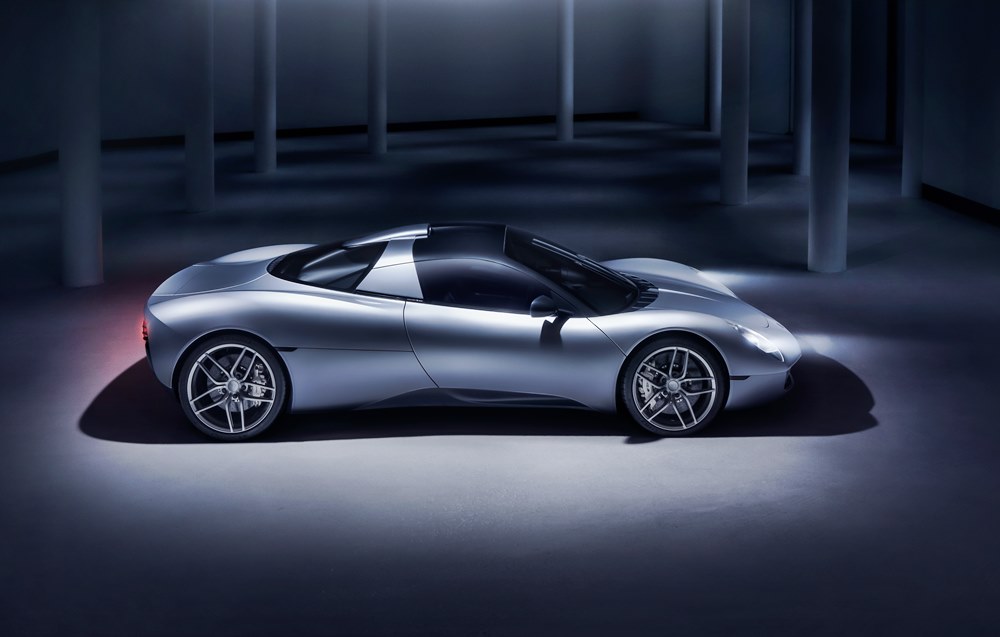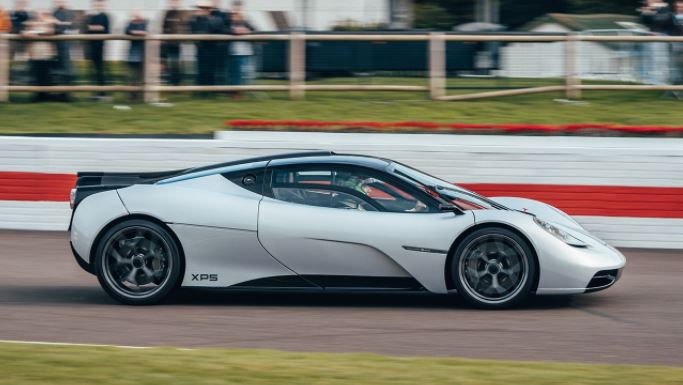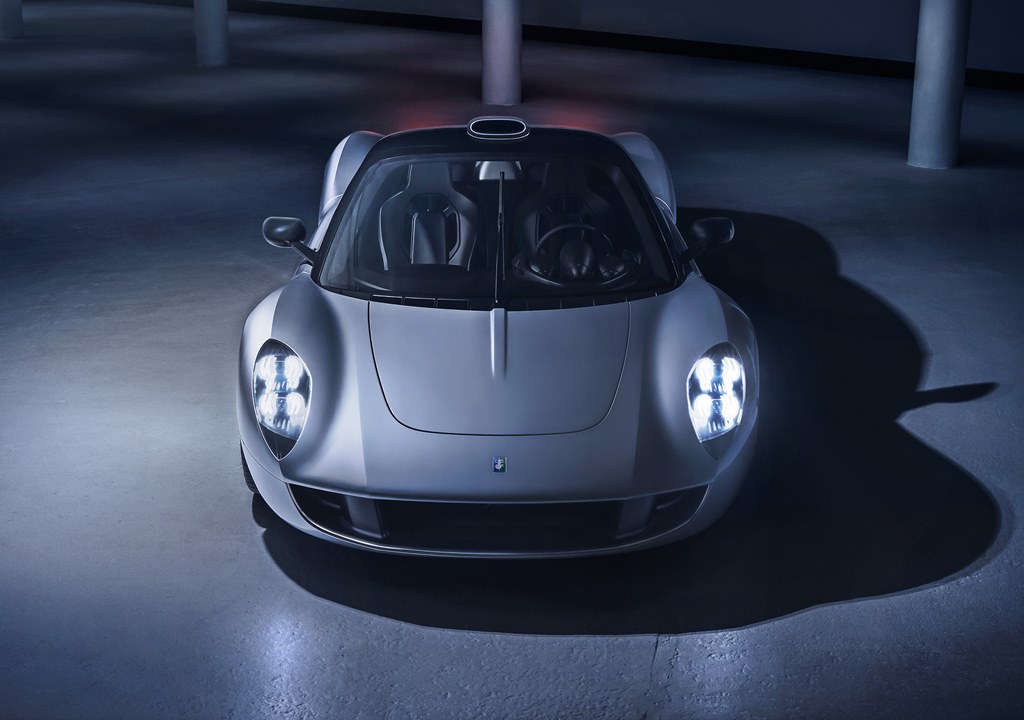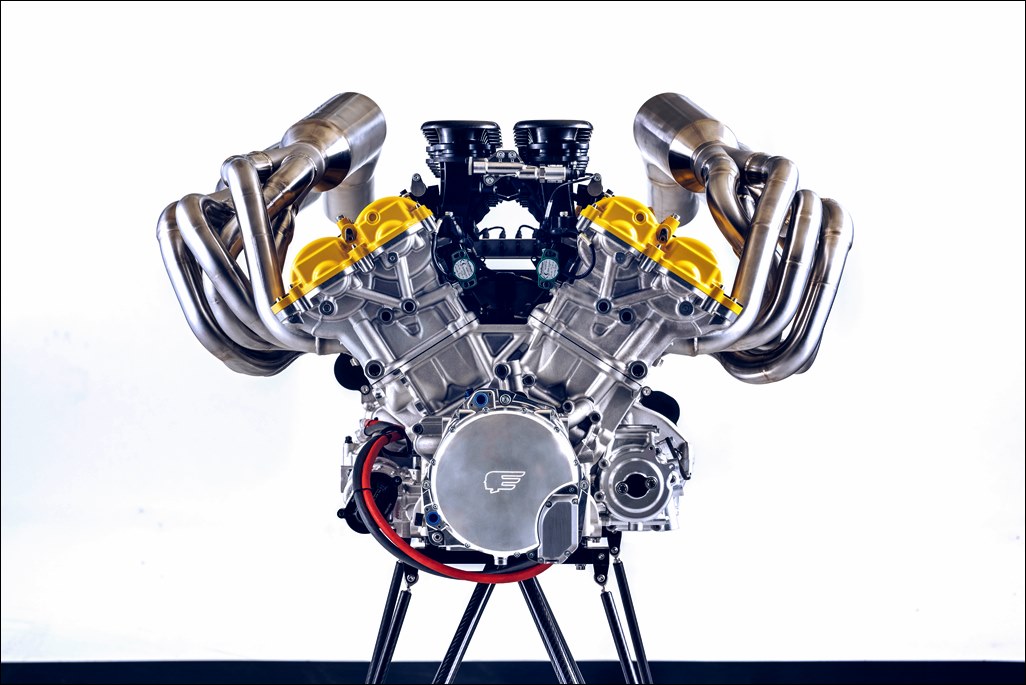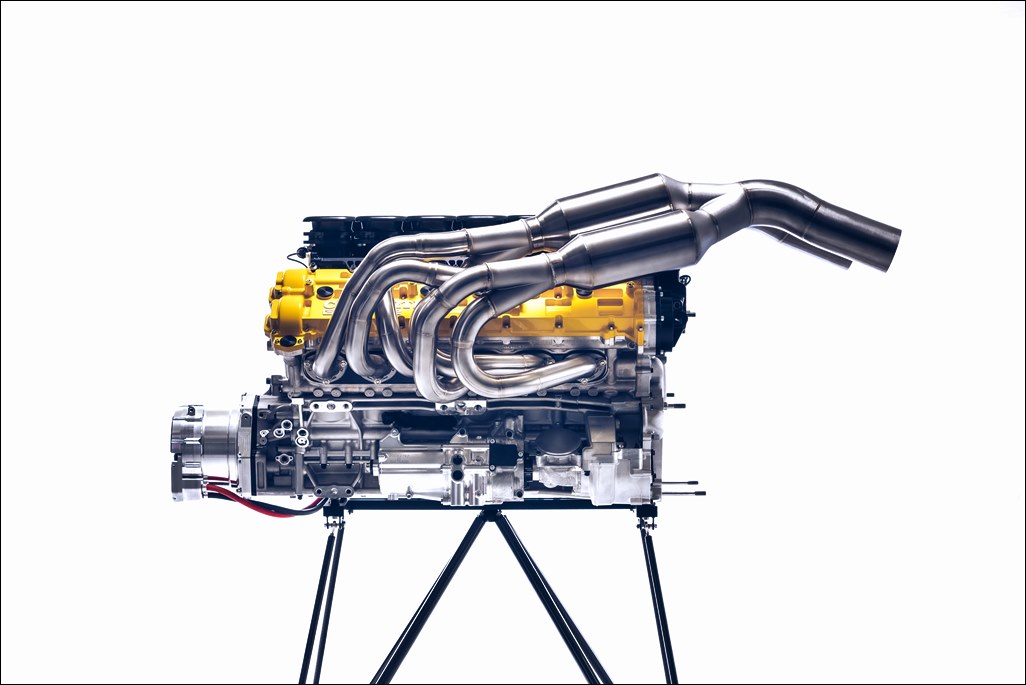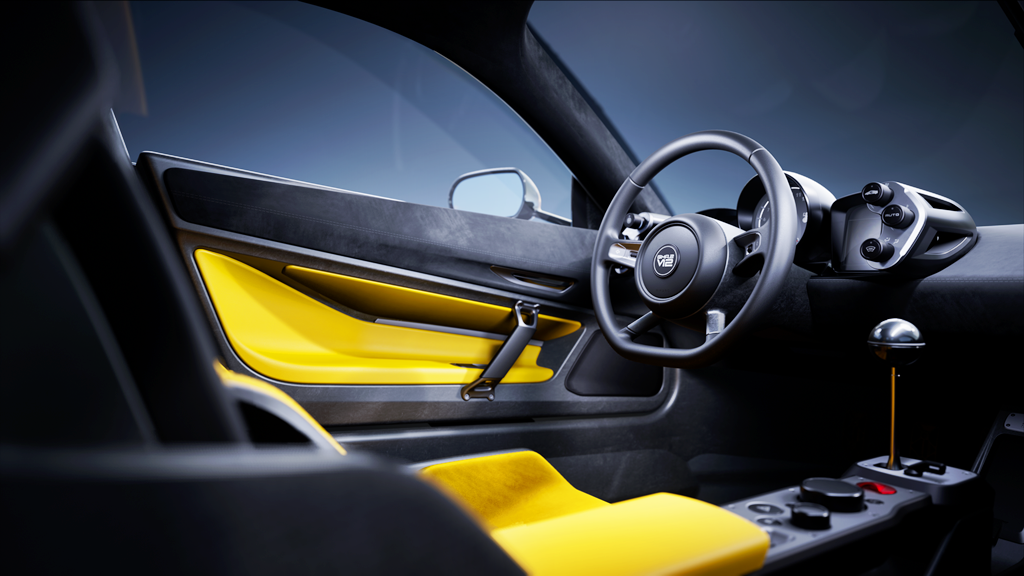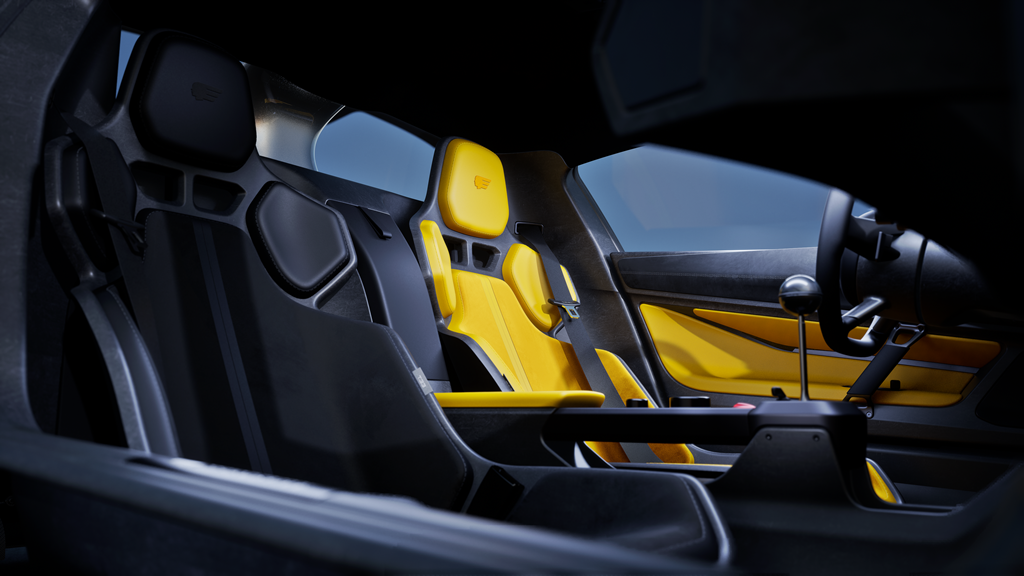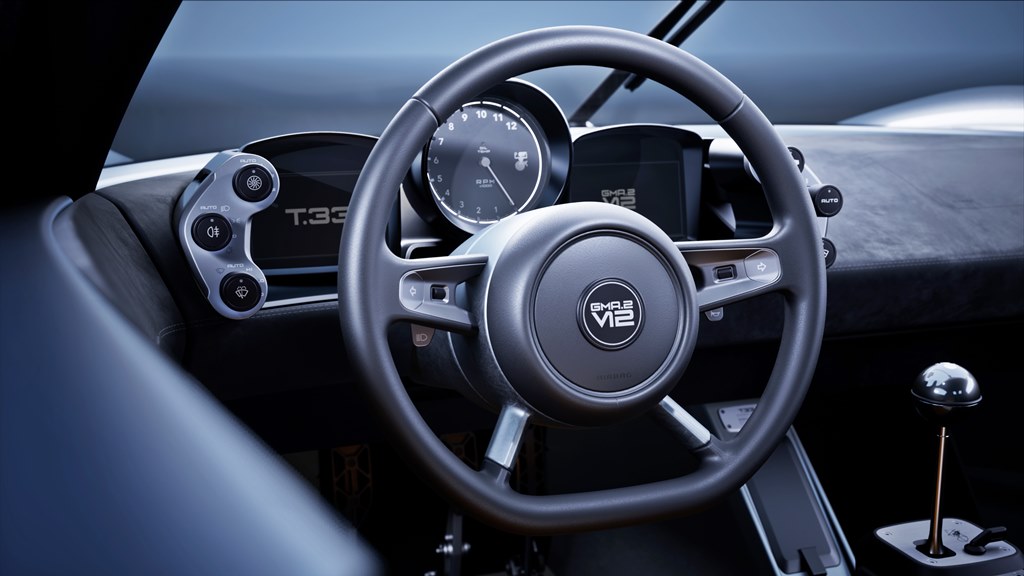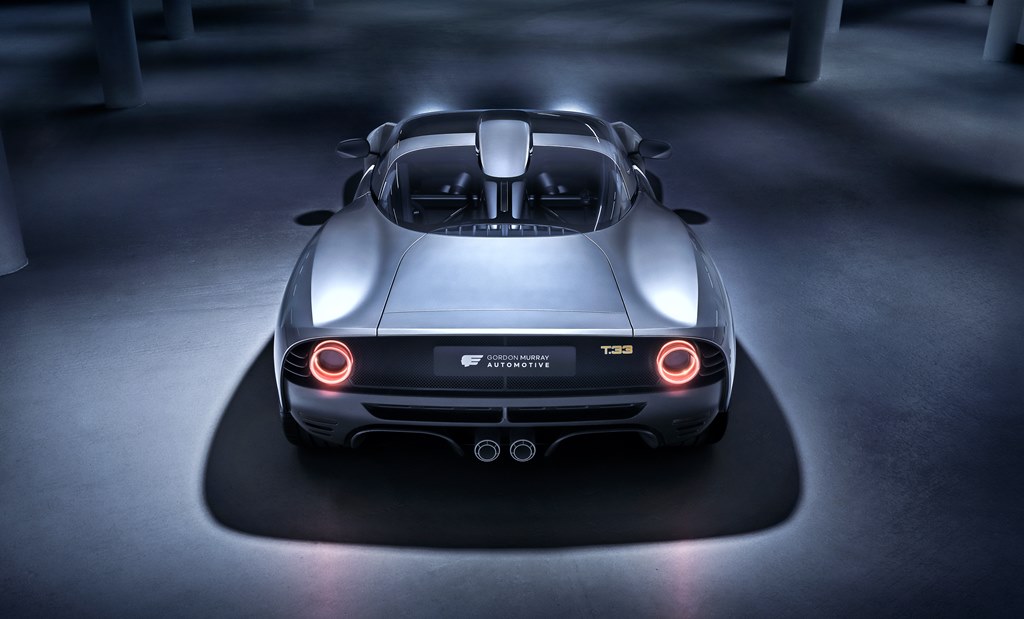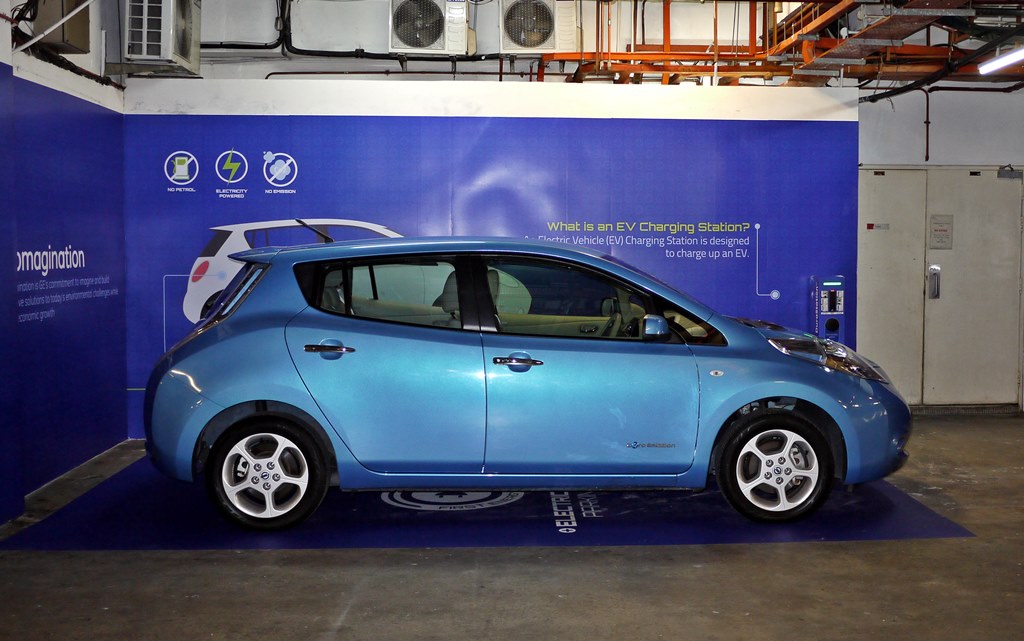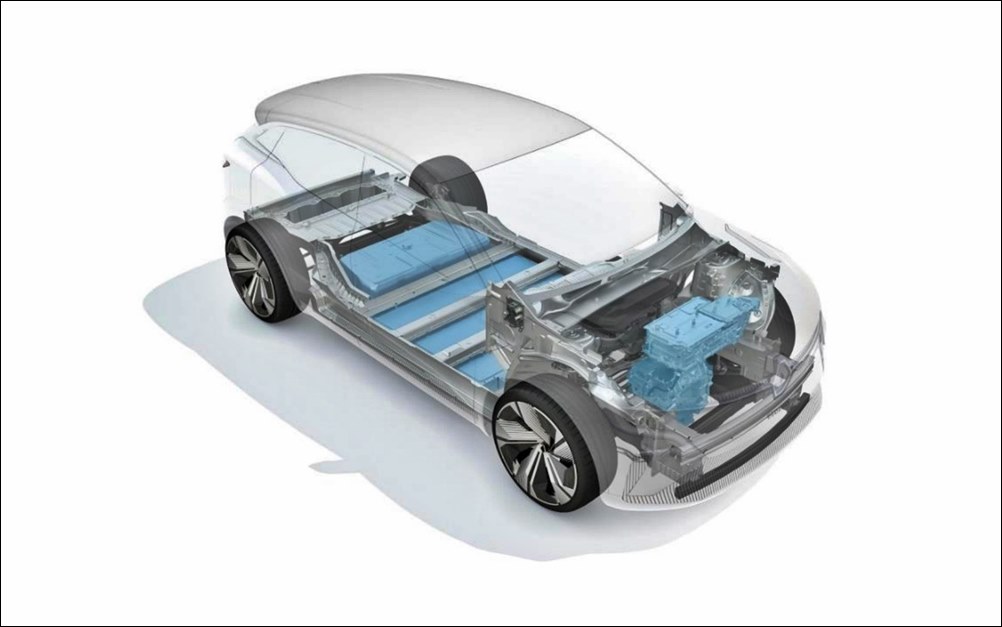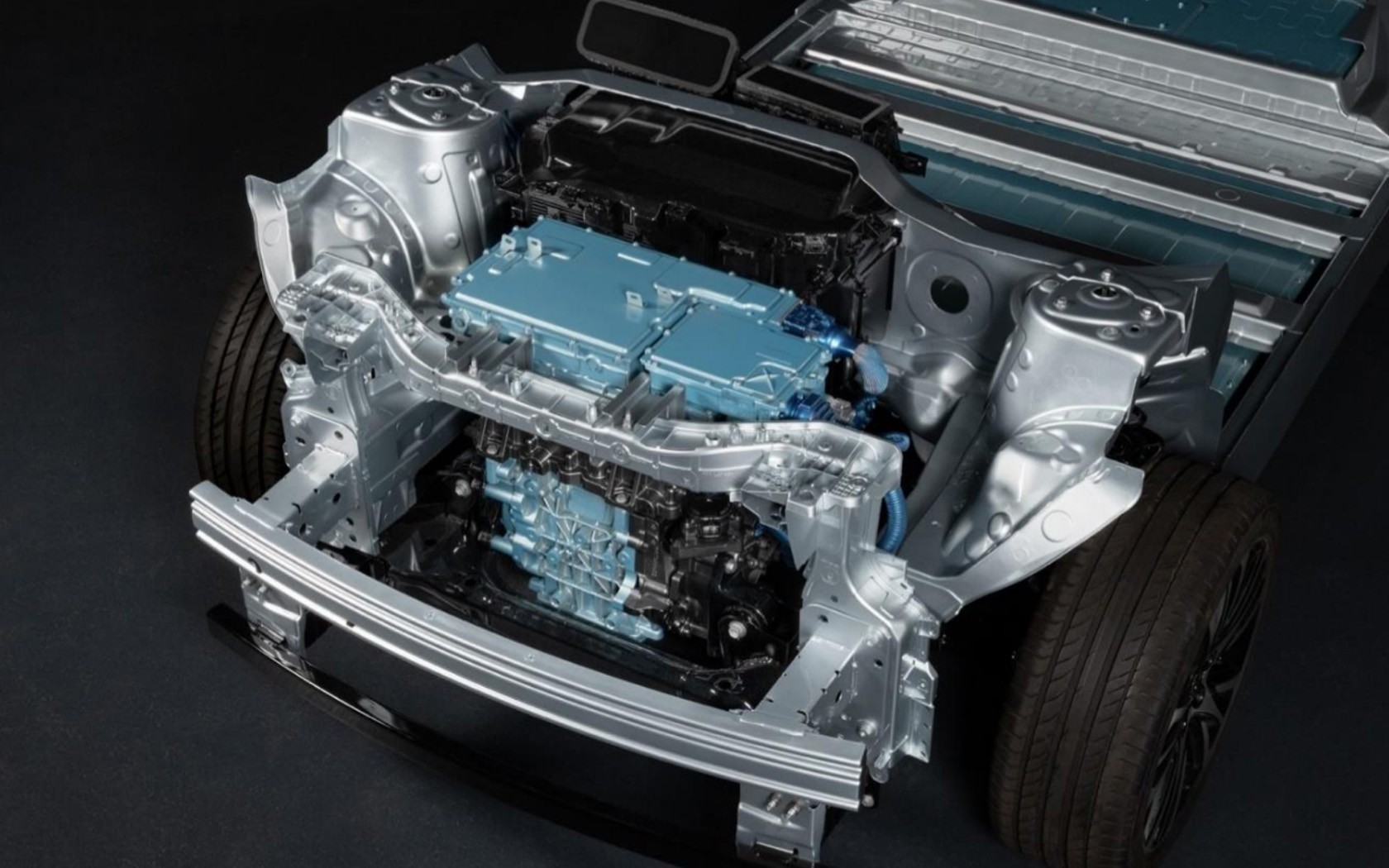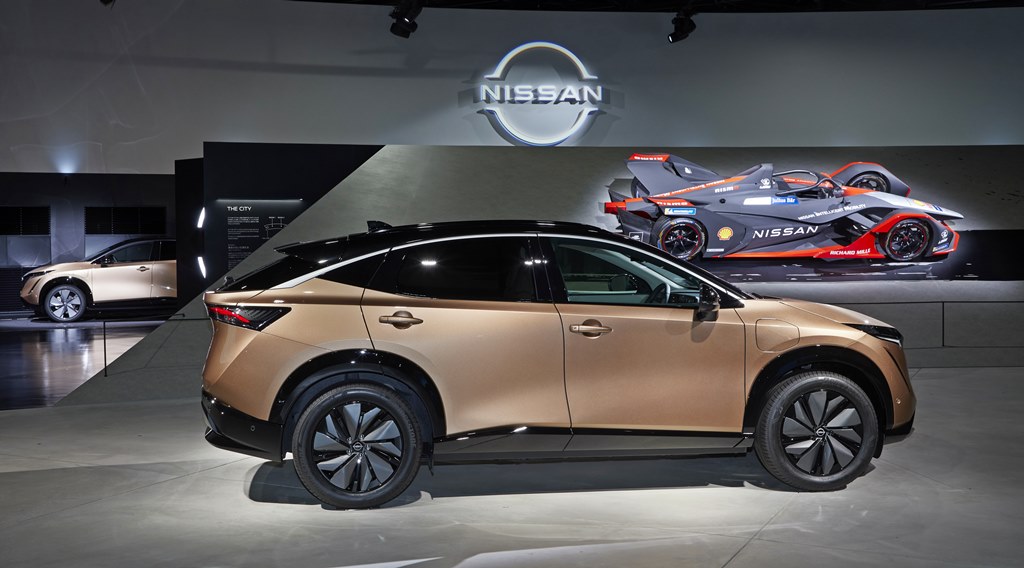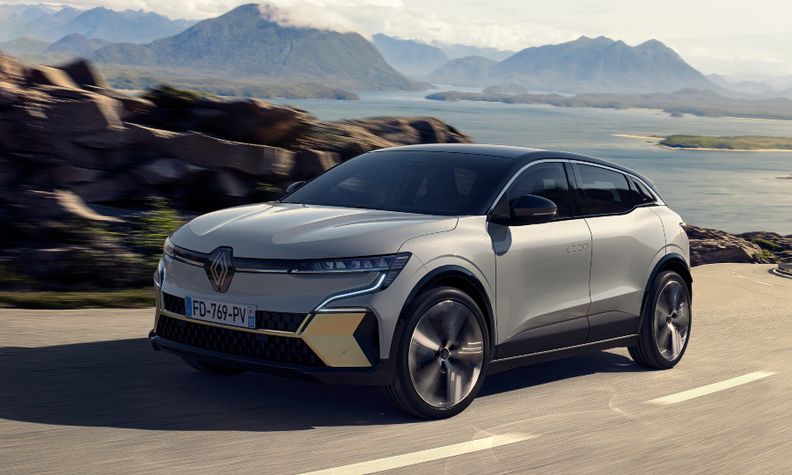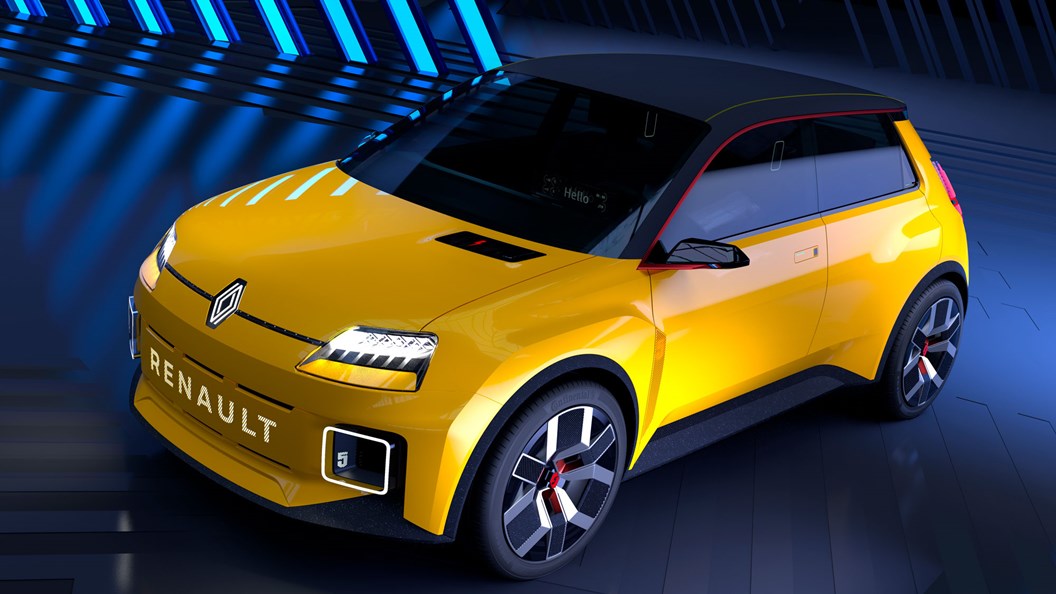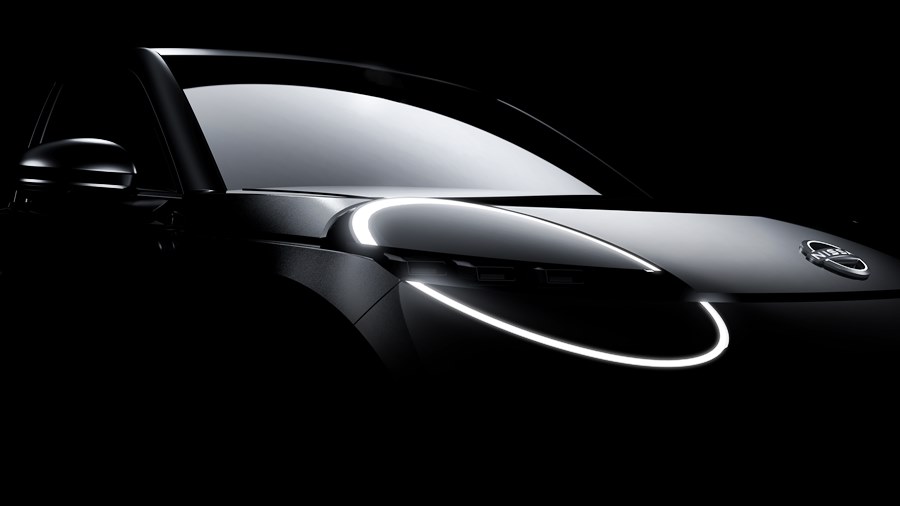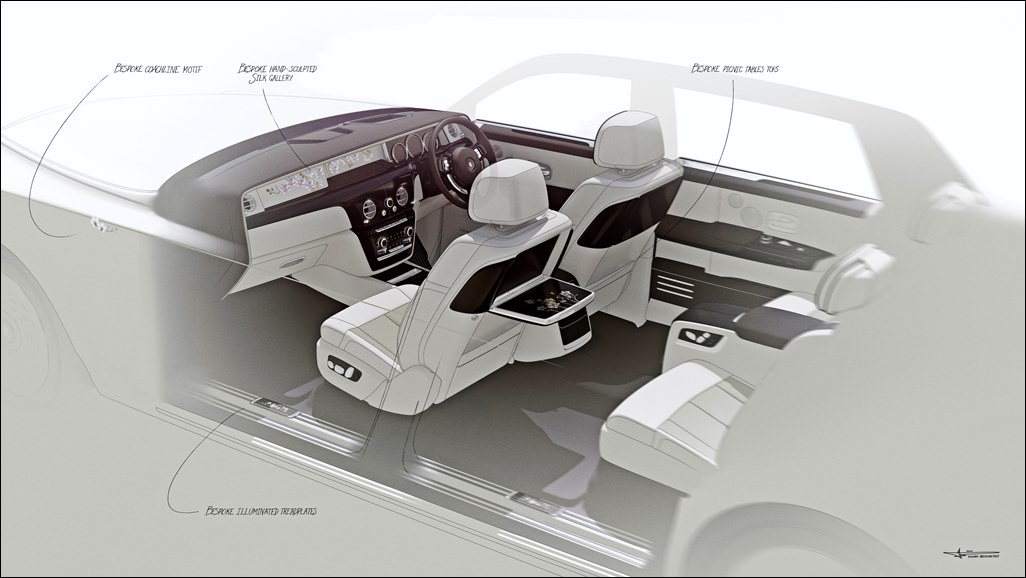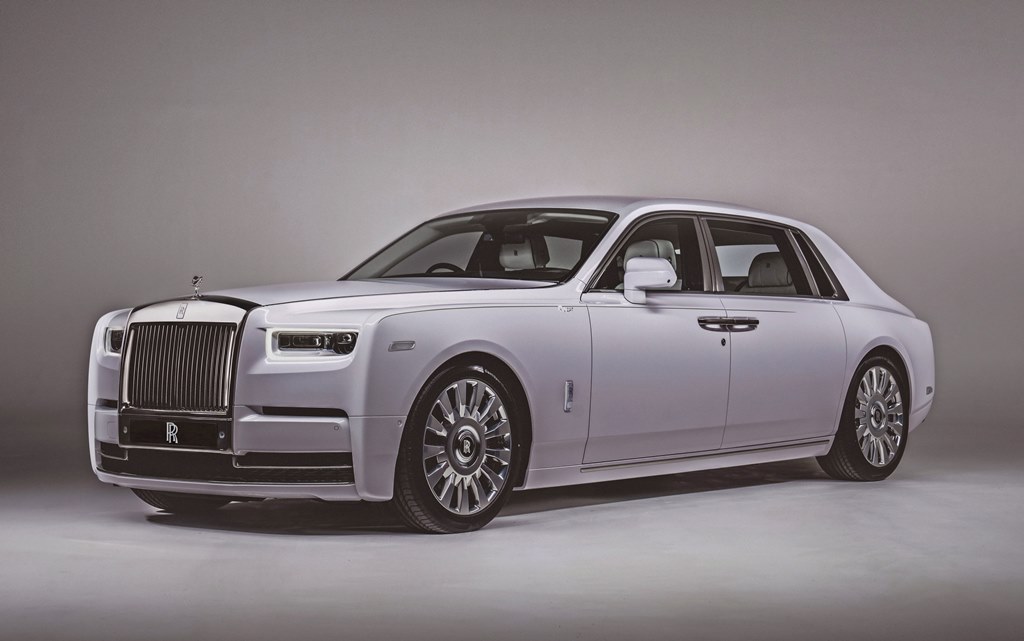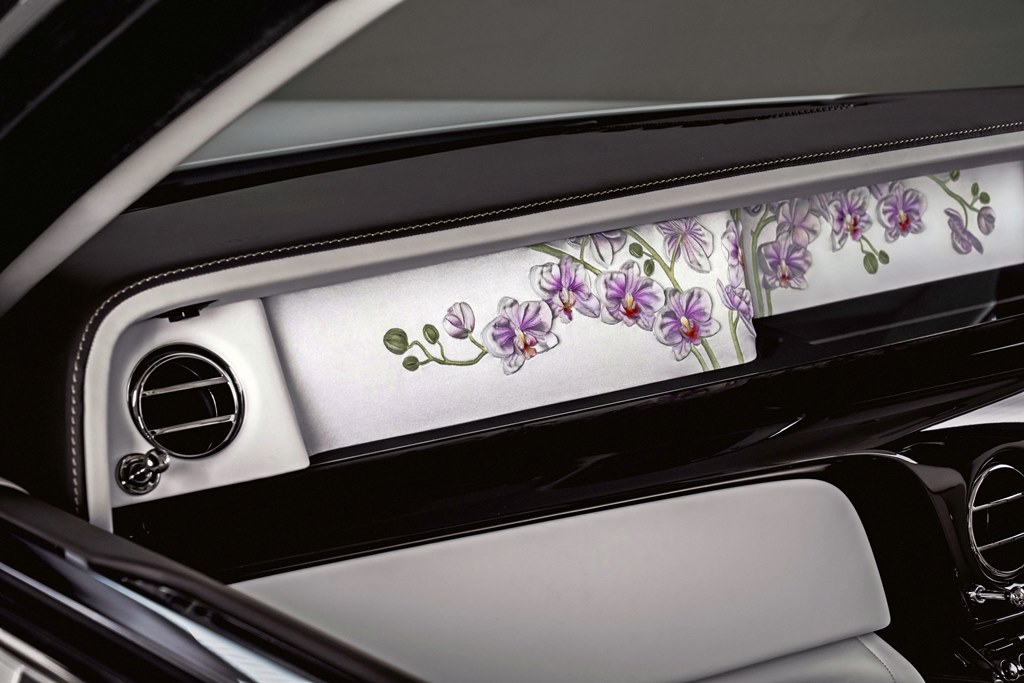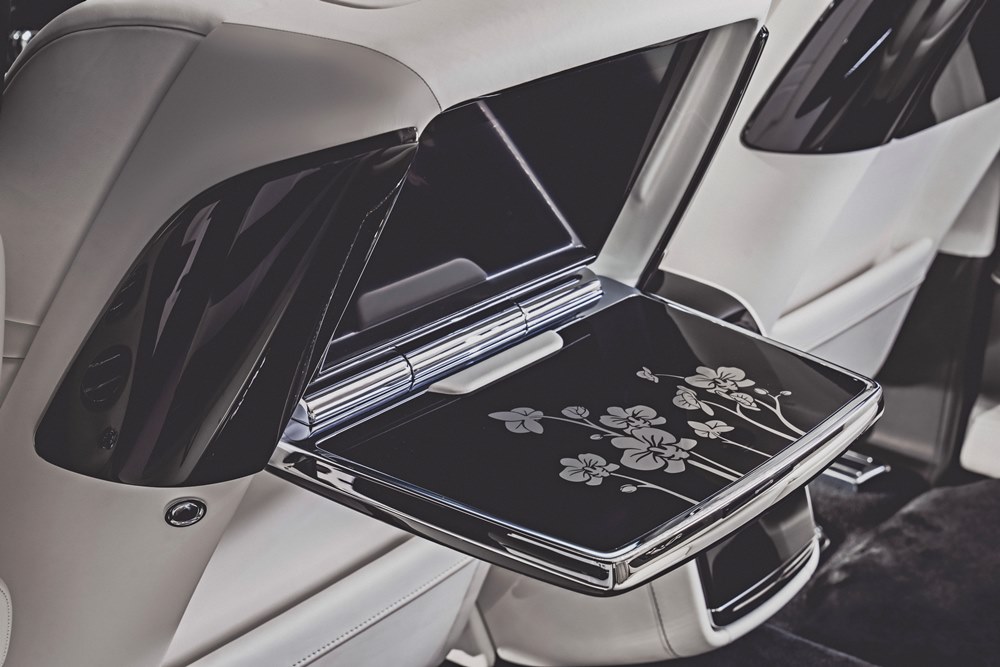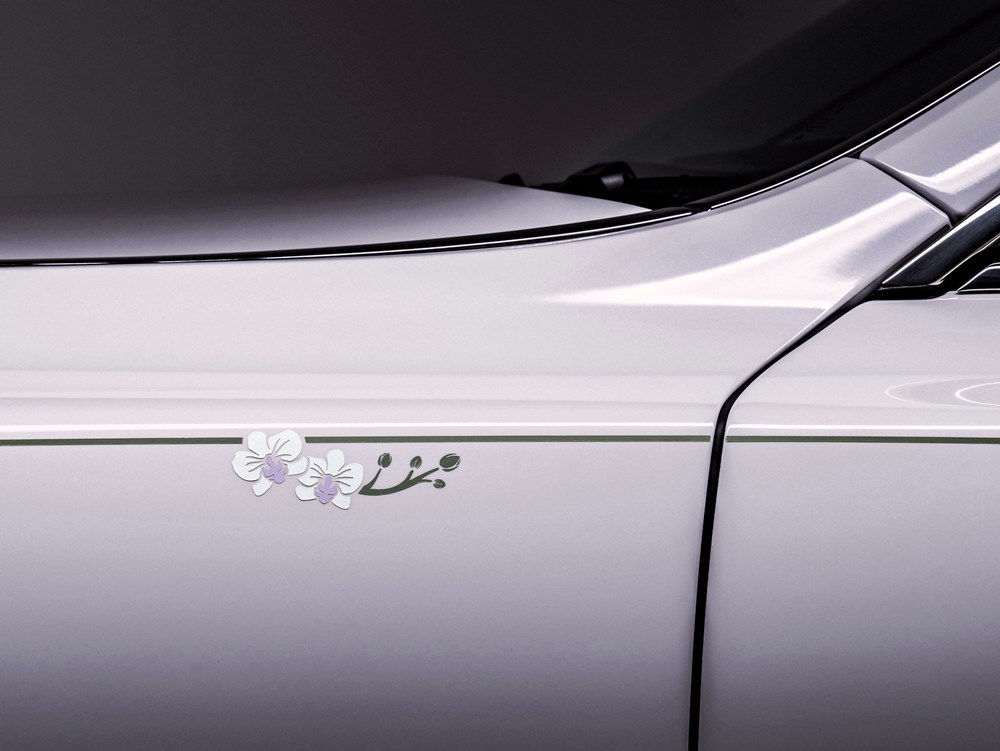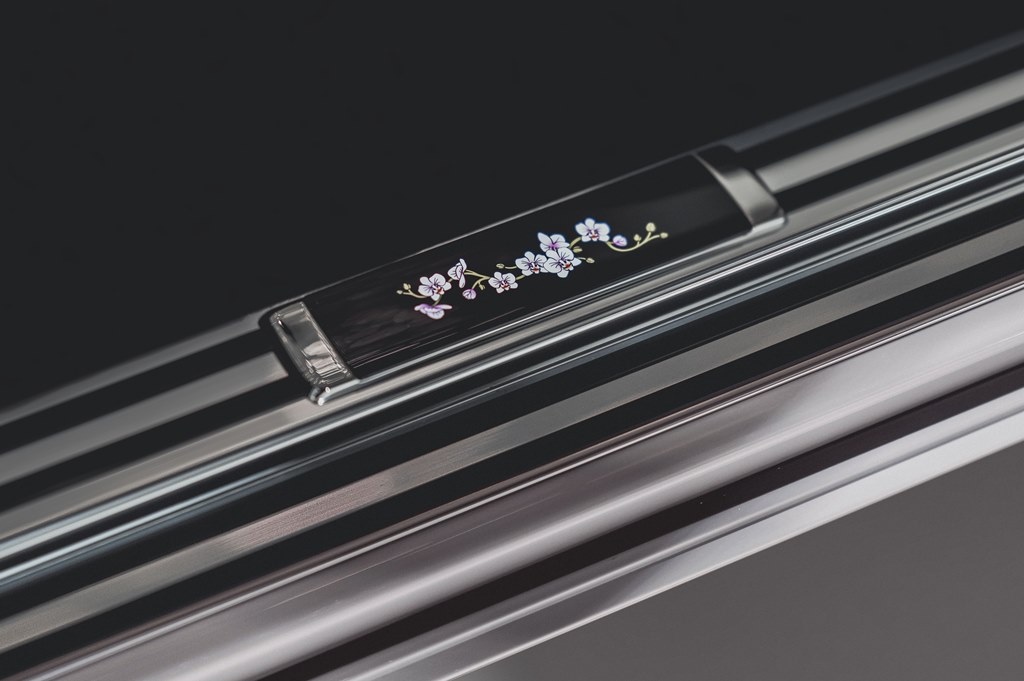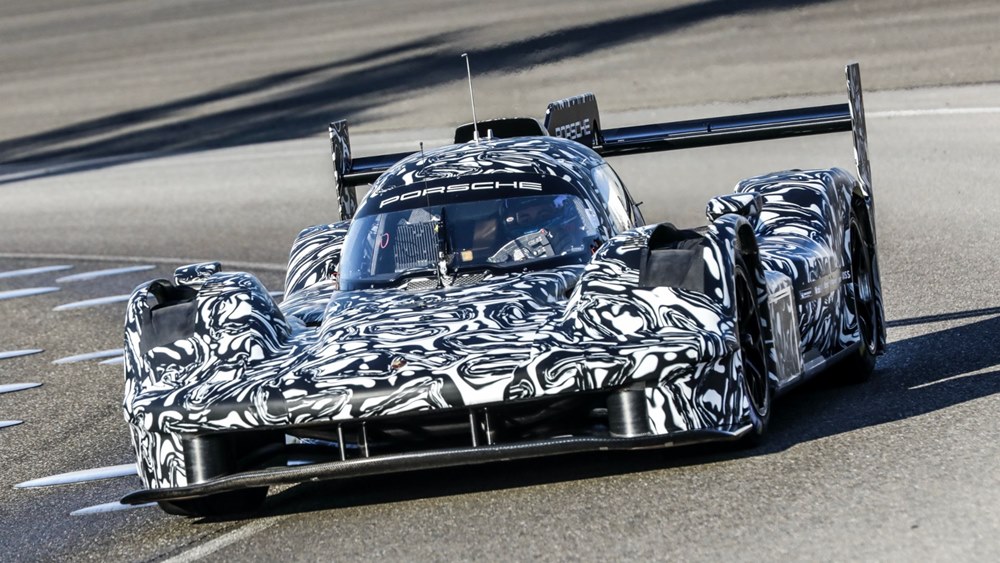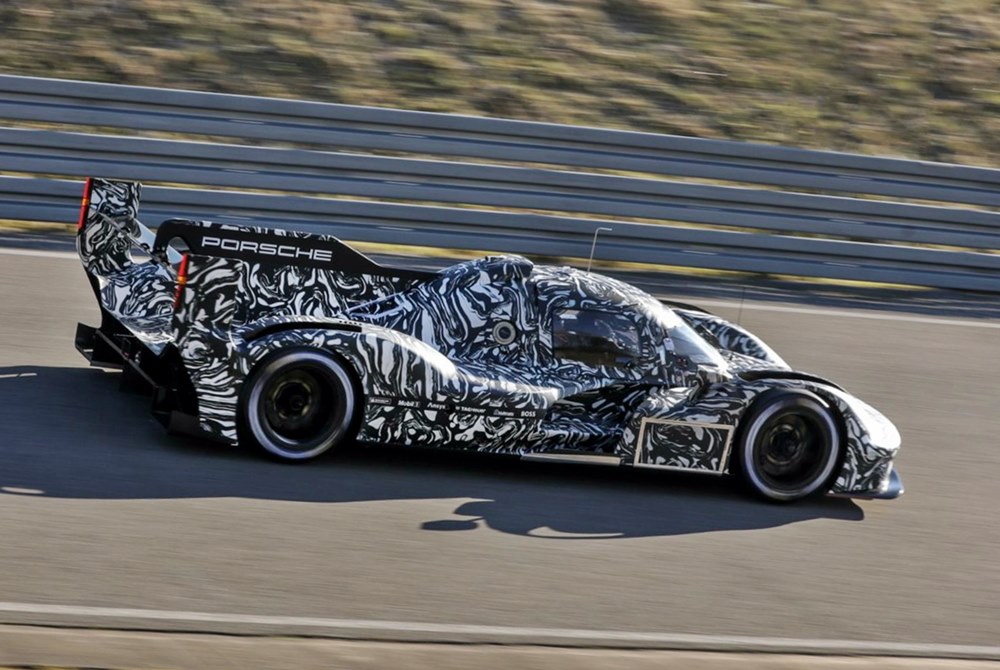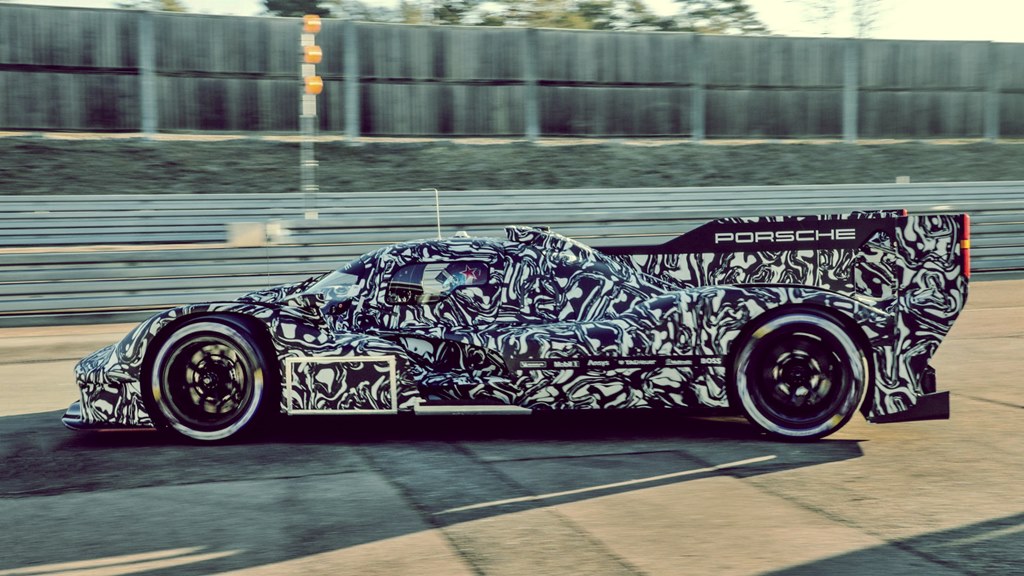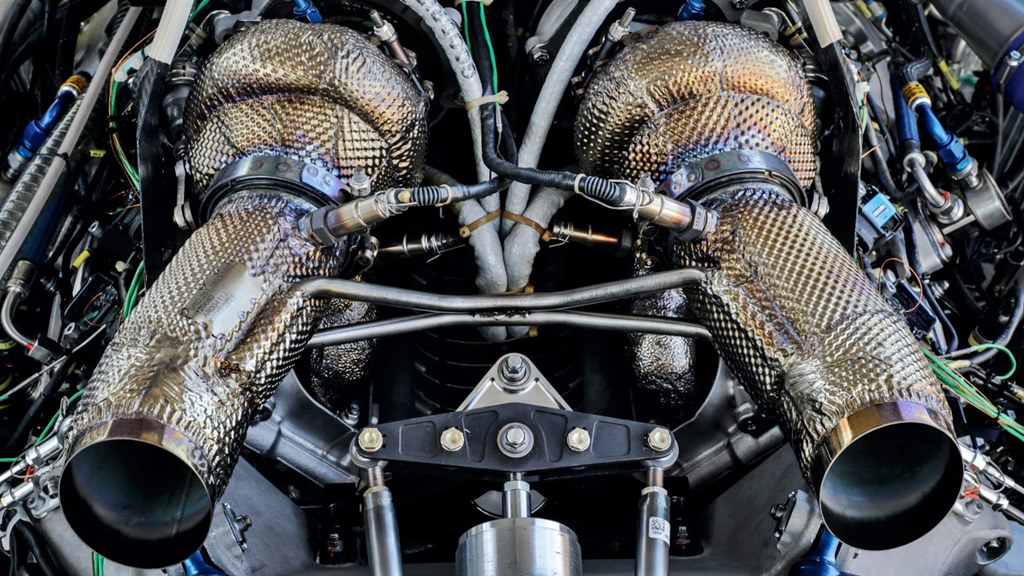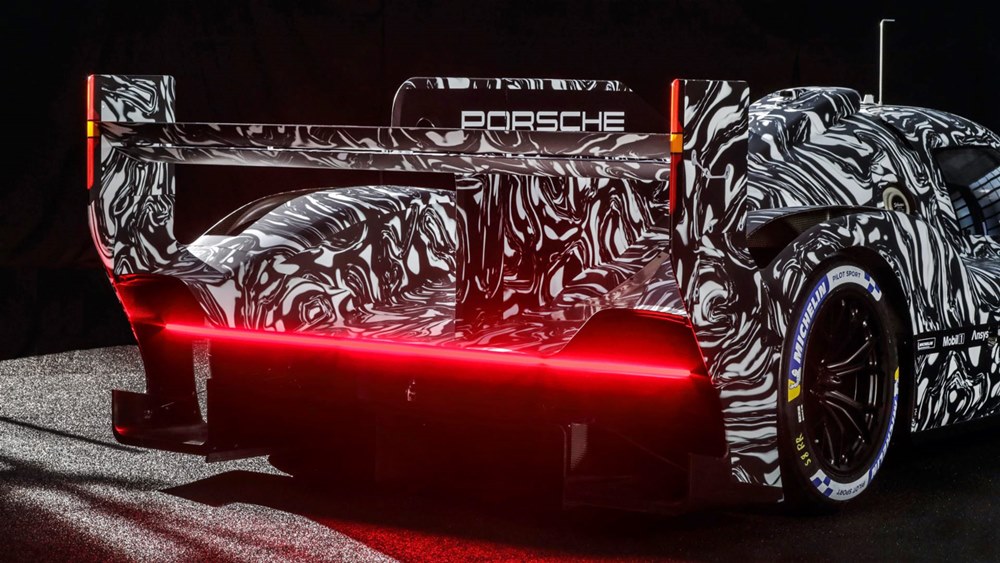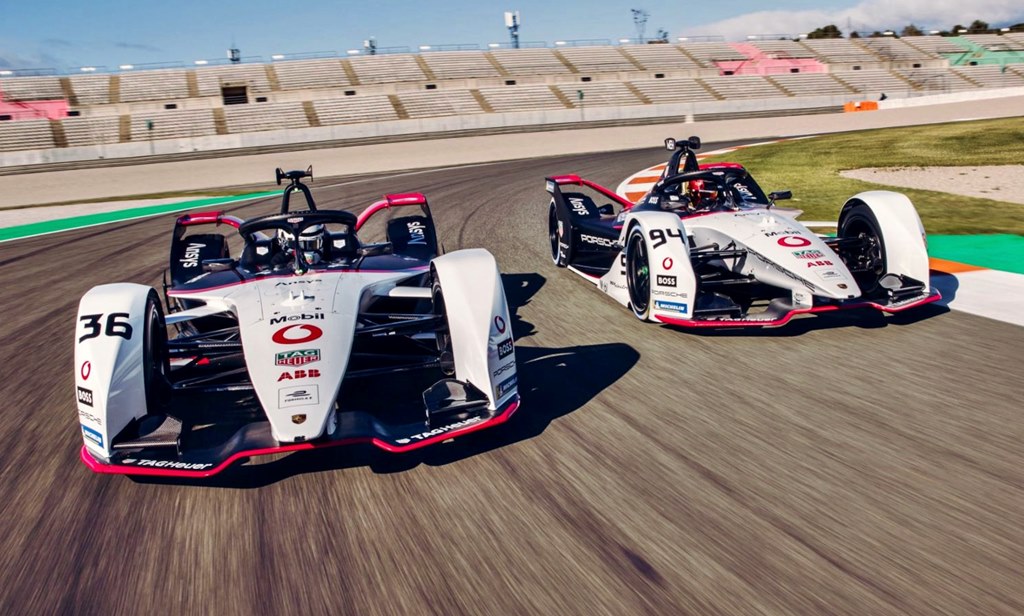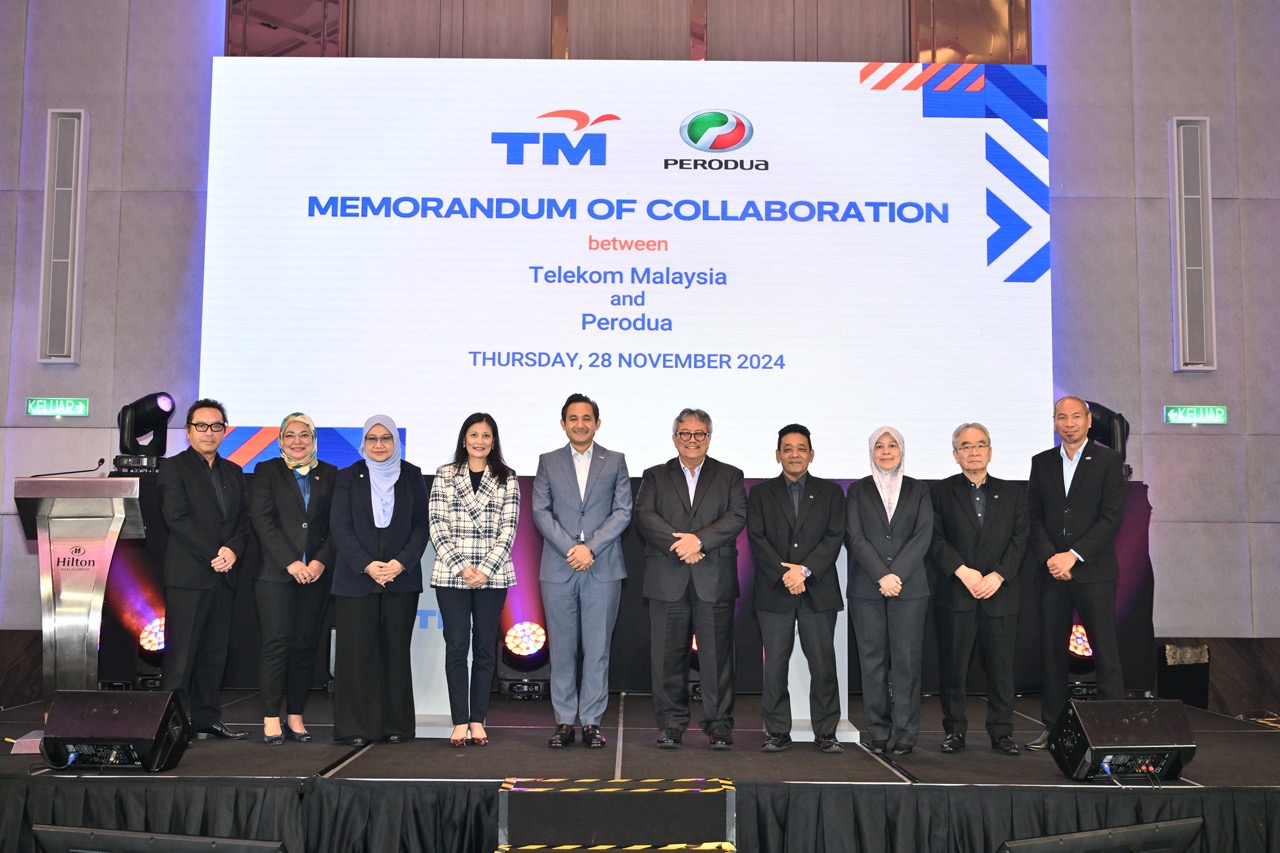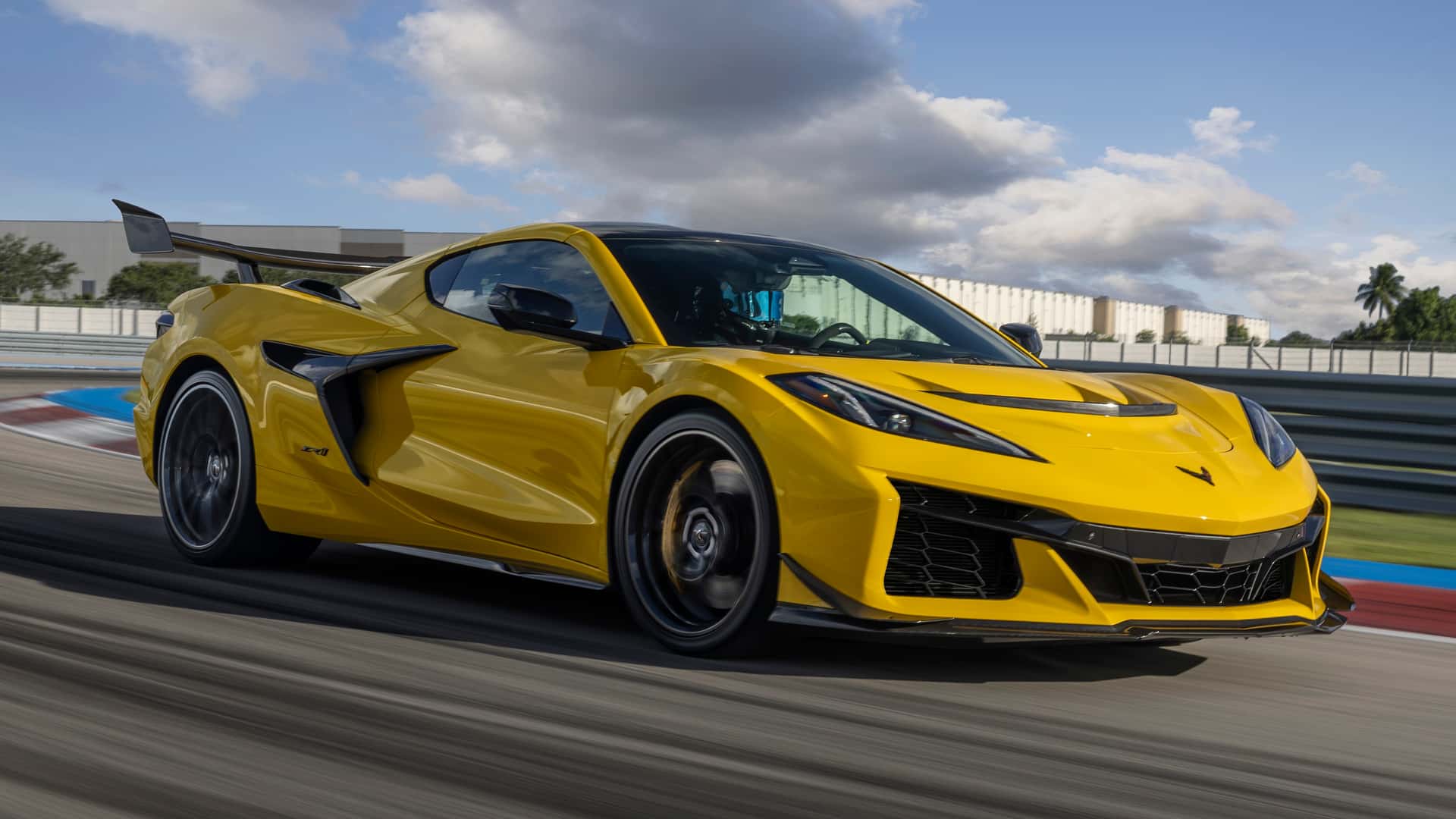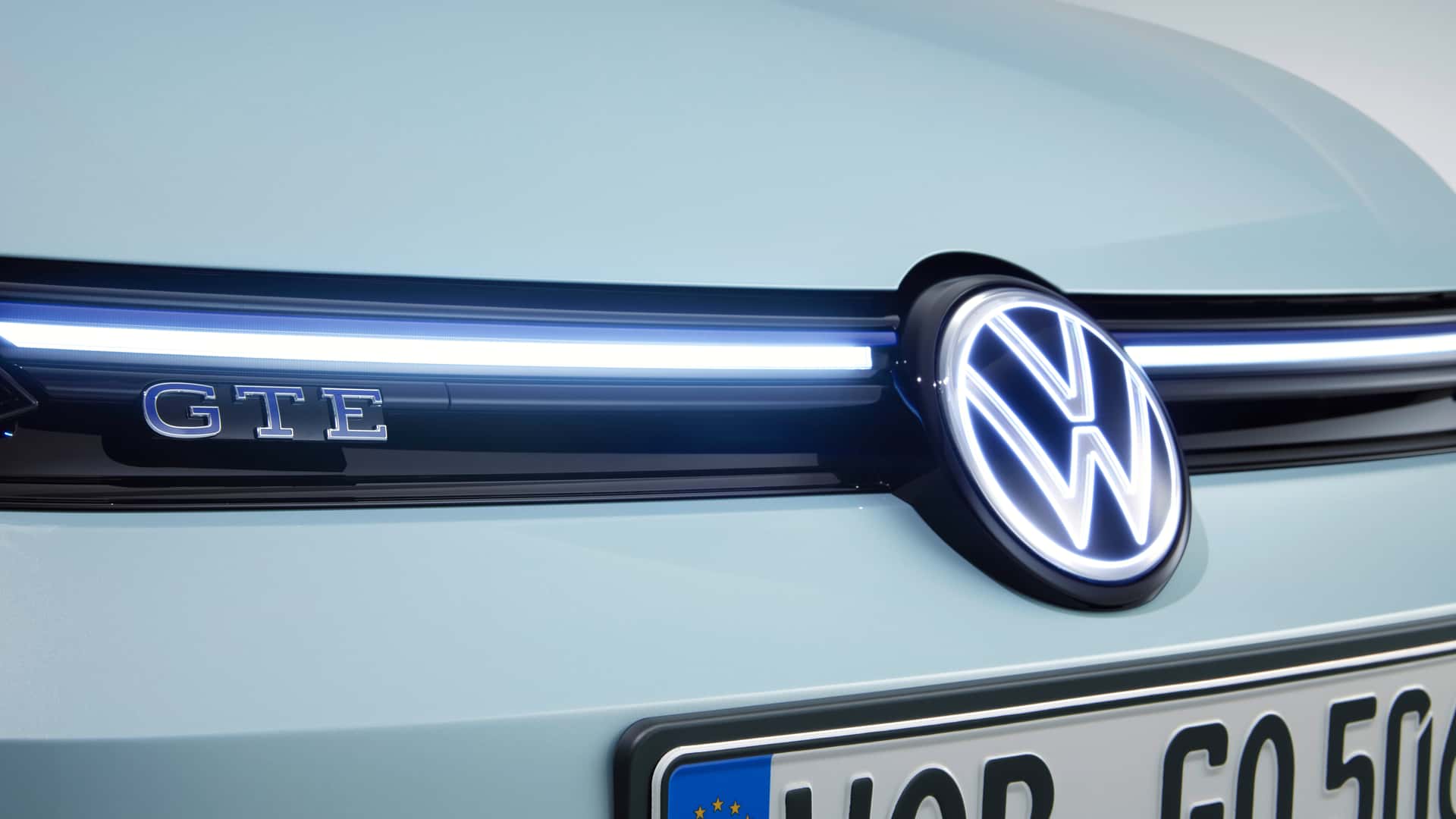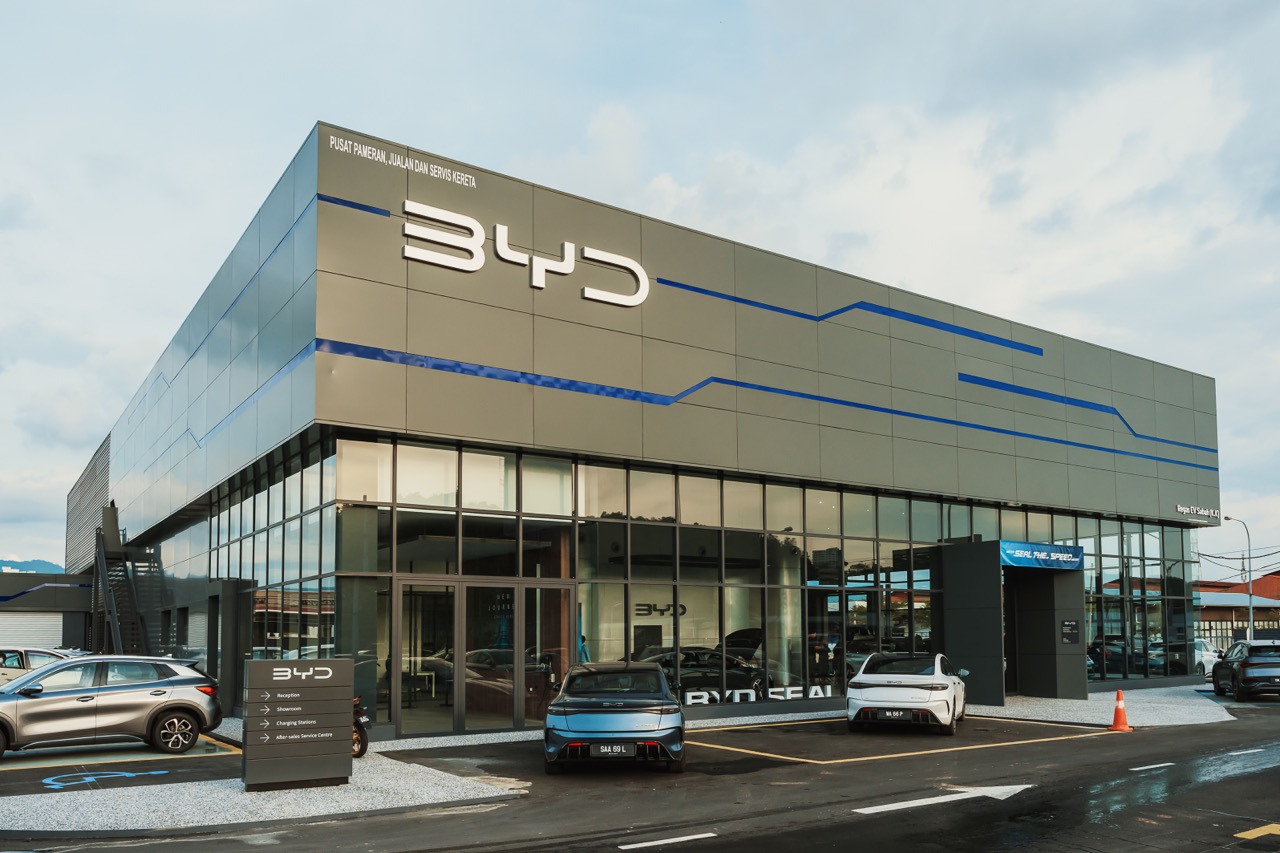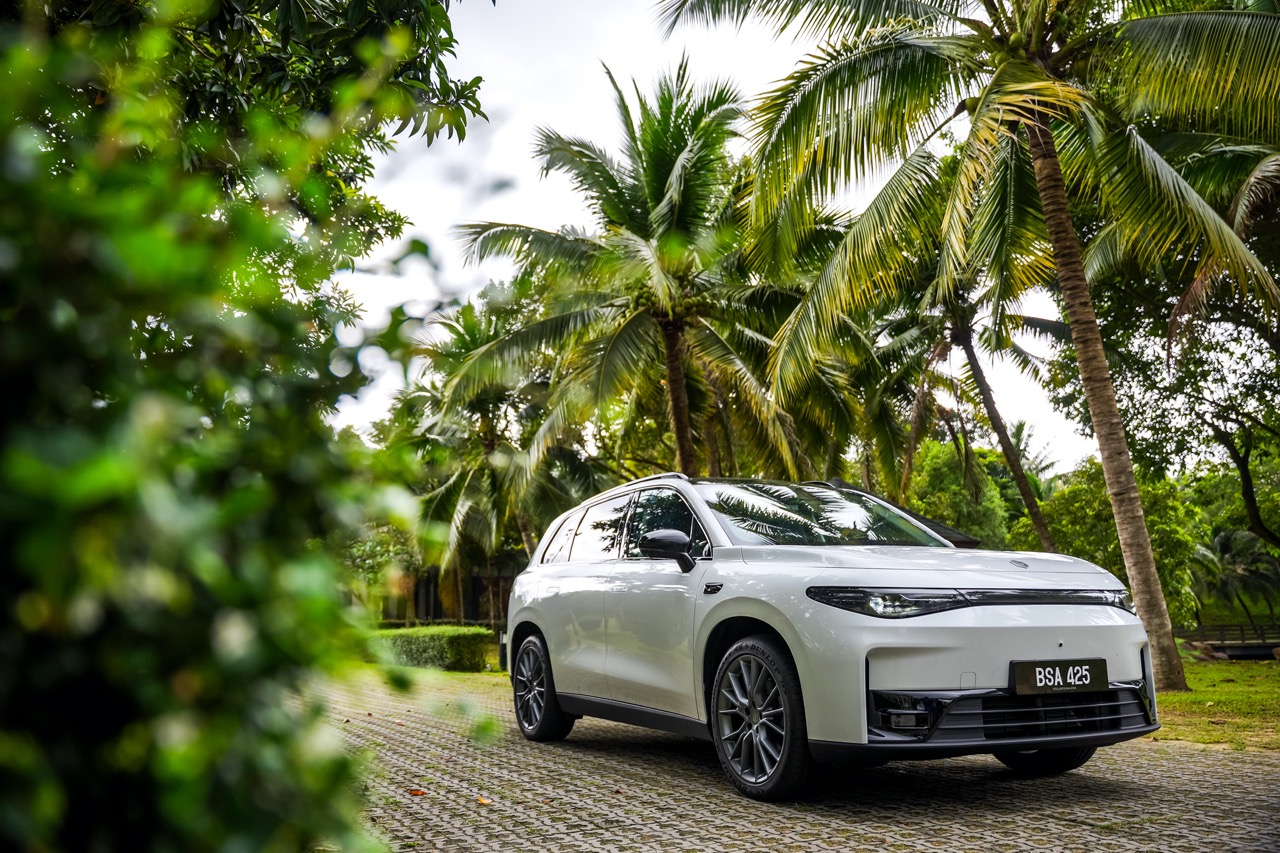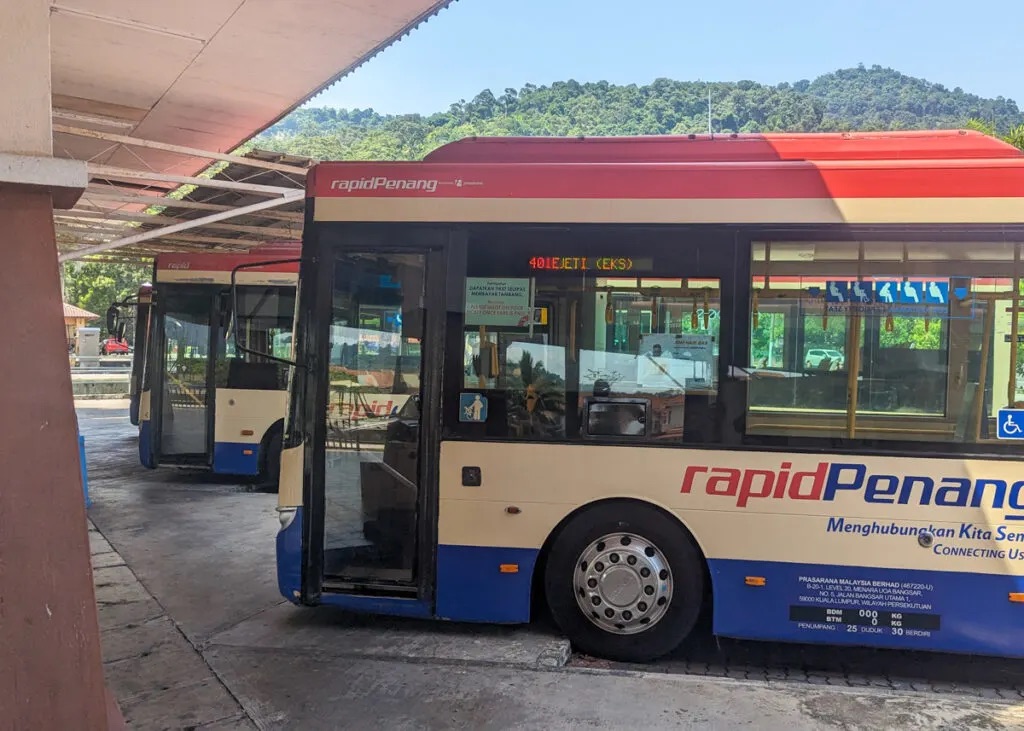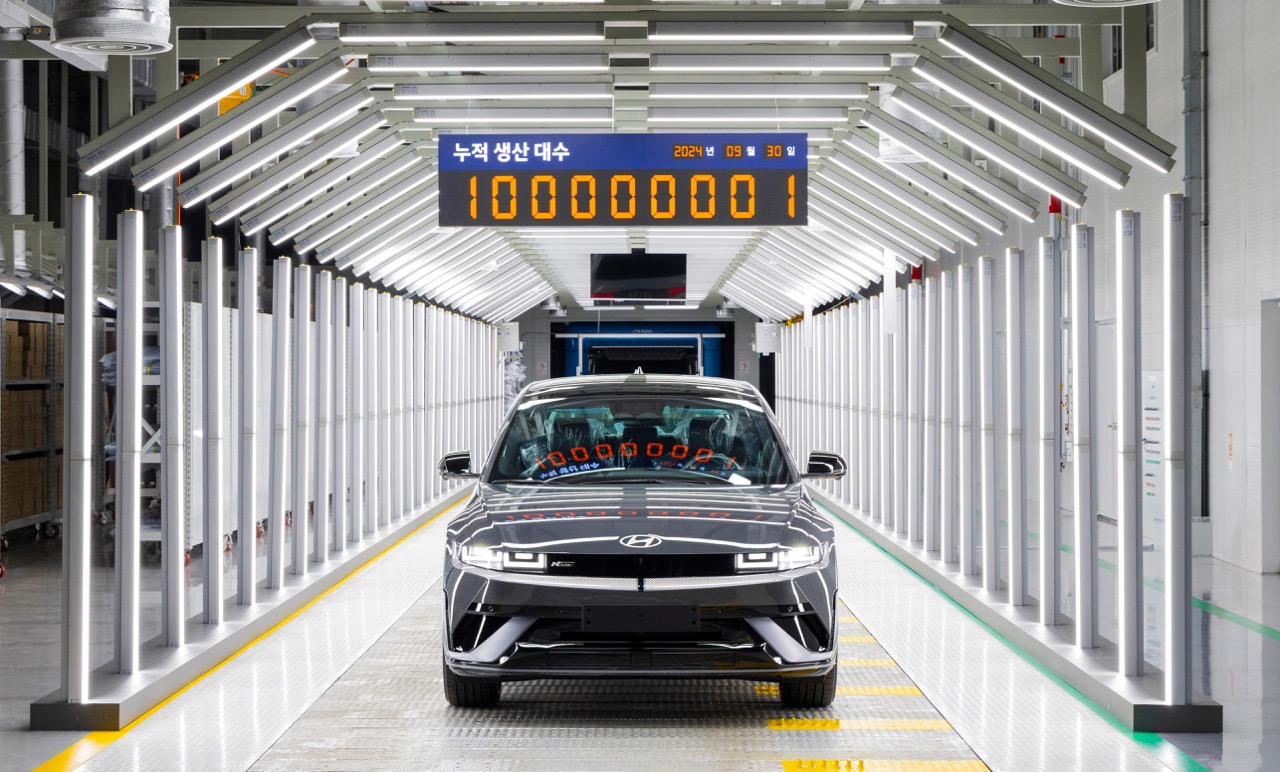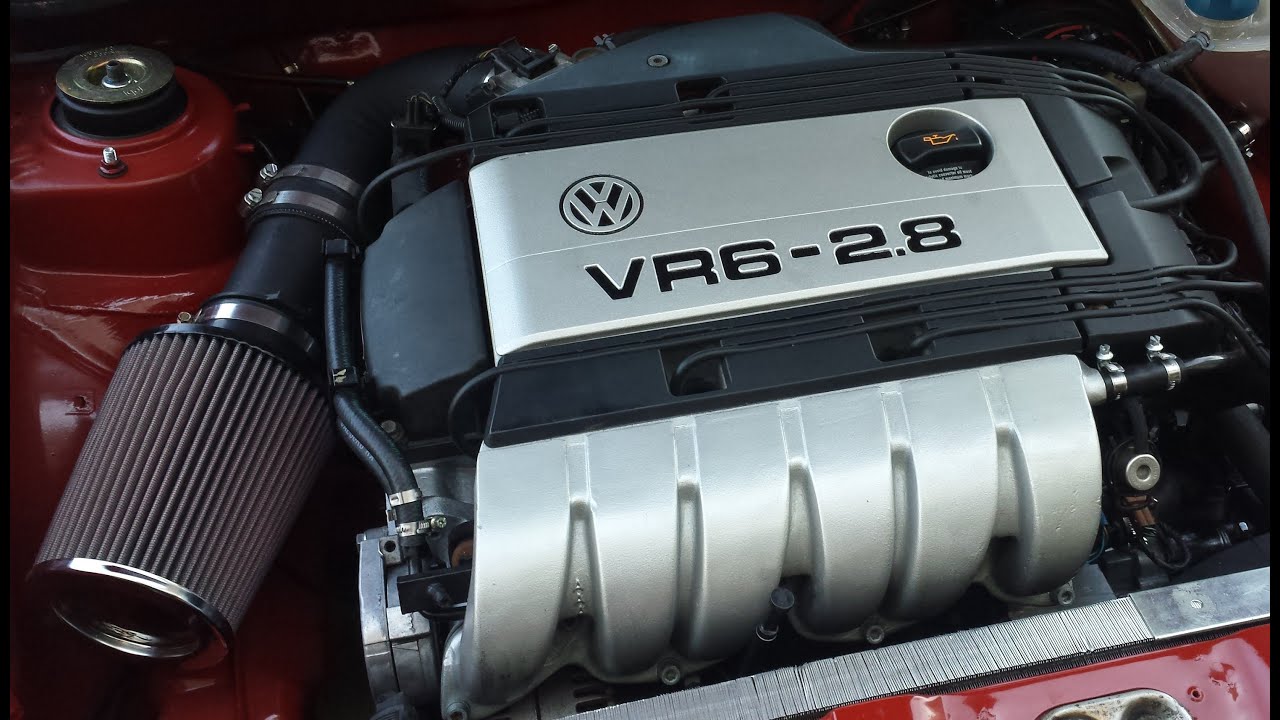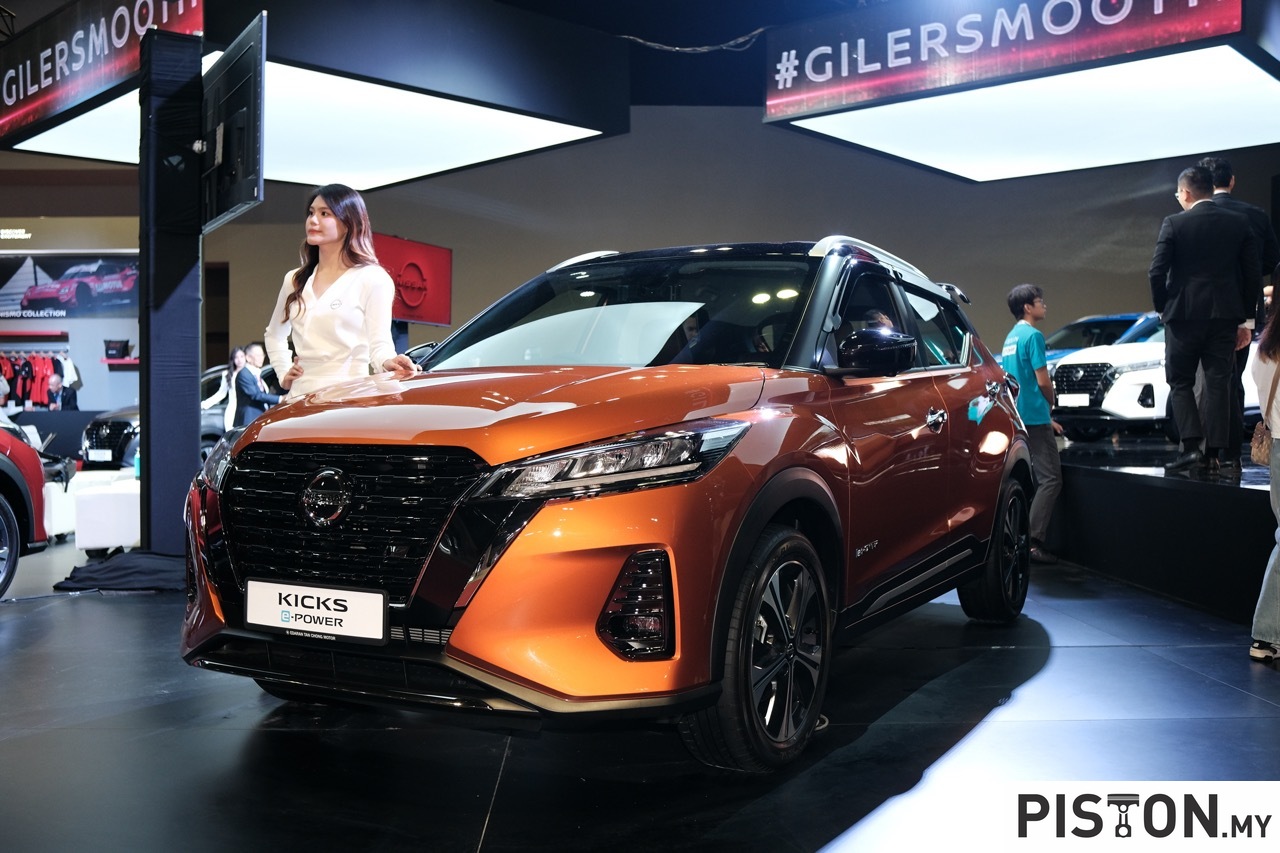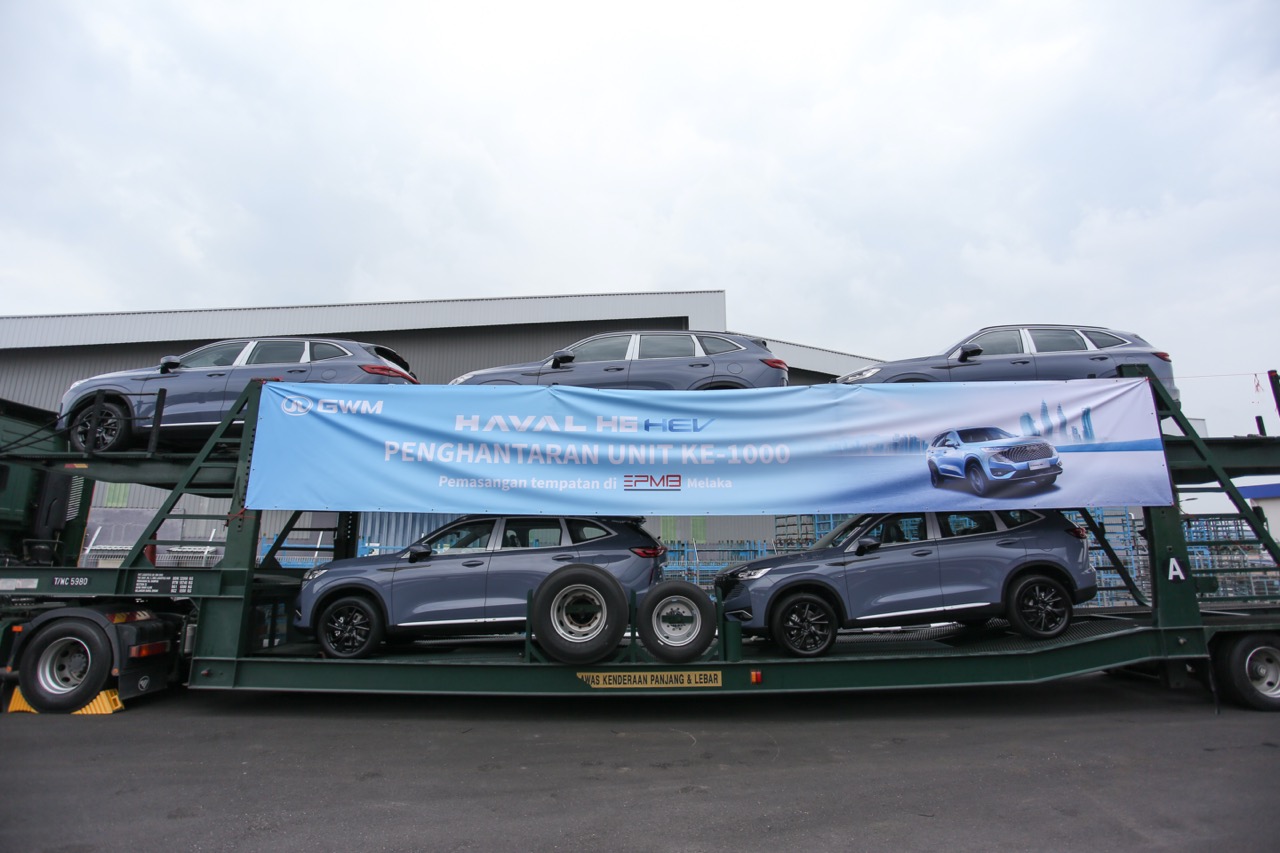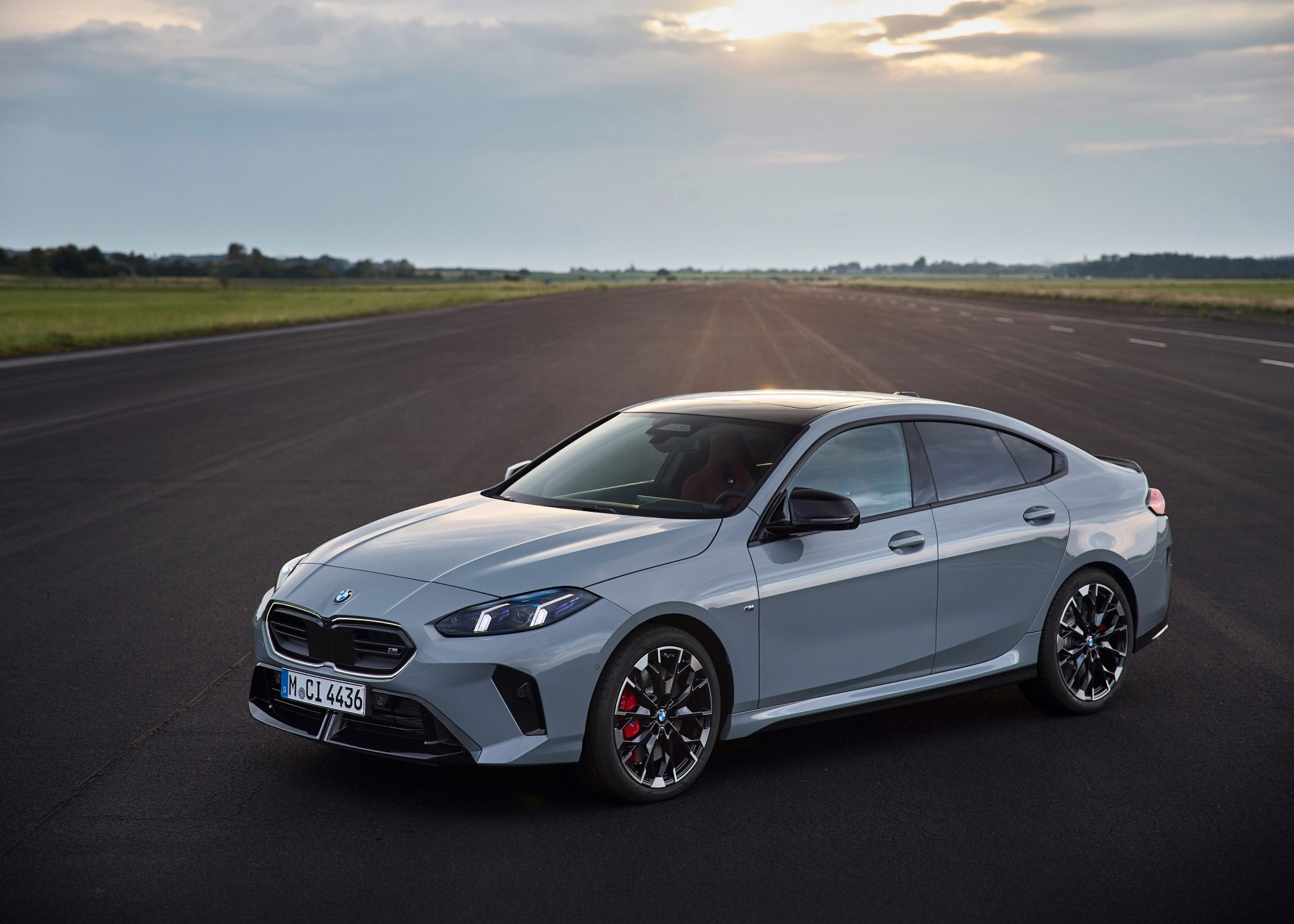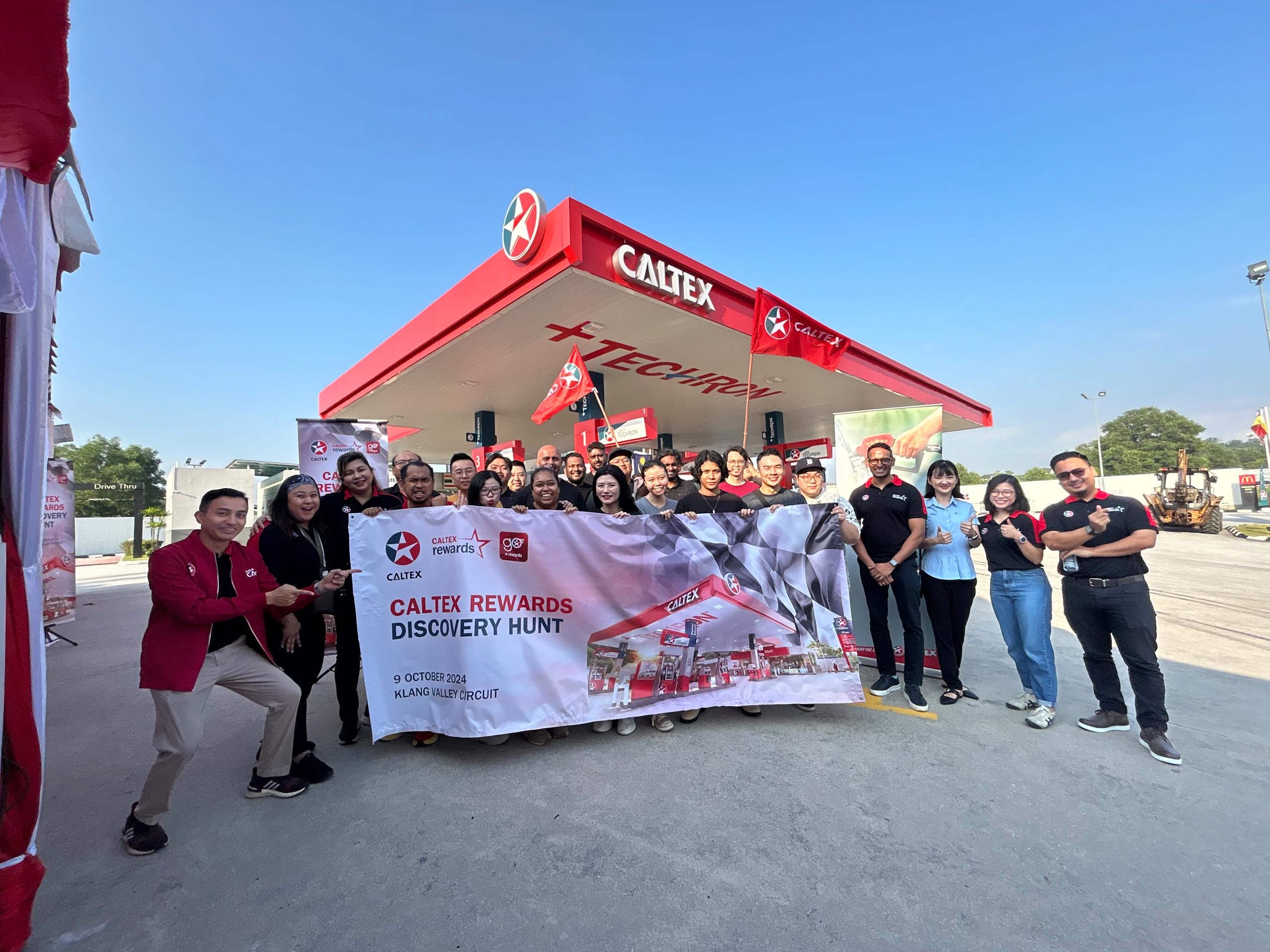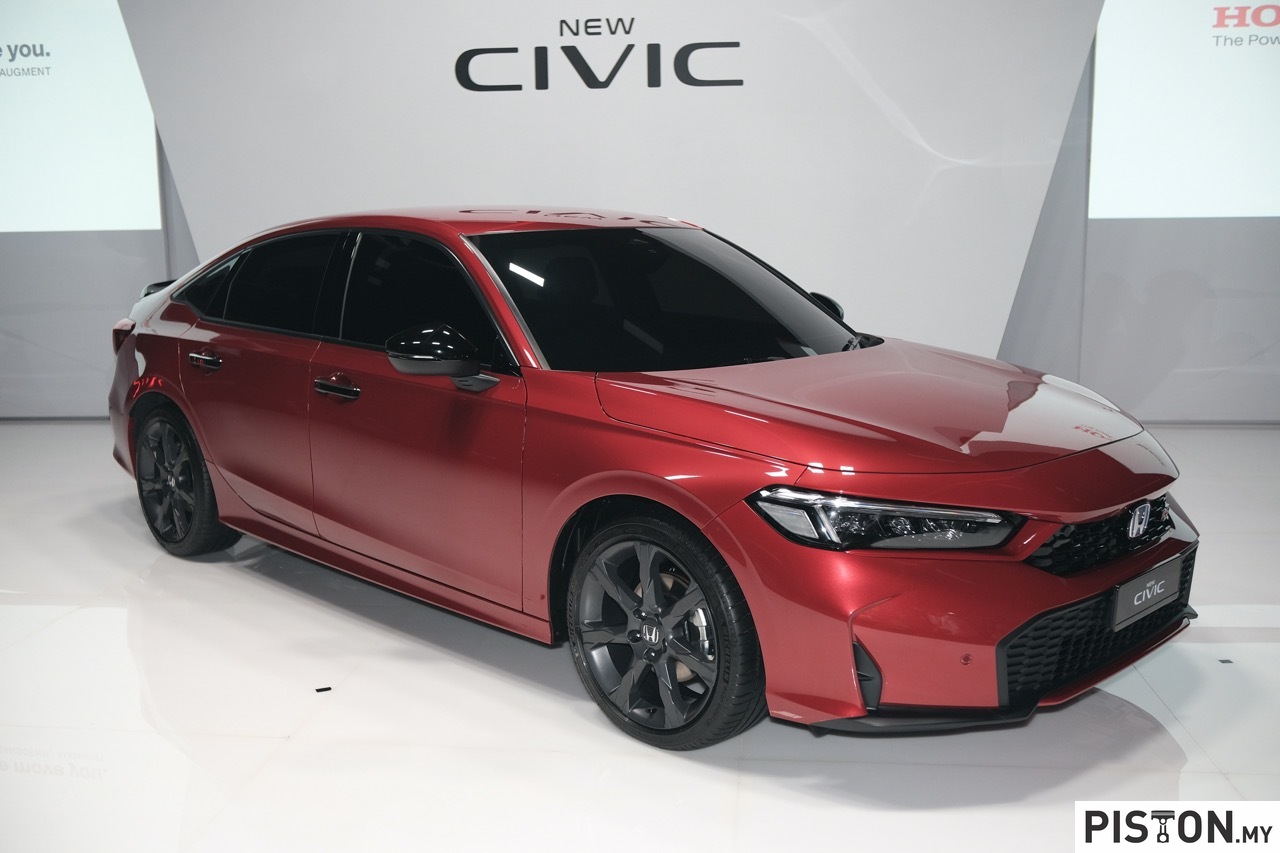Right from its earliest years, the Ford Mustang has made a name for itself in motorsports, not just in America but also in other parts of the world. In fact, one of its earliest victories was class wins in the Tour de France in 1964, the same year it was born. In 2024, the iconic sportscar will lead Ford’s return to global sportscar racing as Ford Performance prepares a new GT3 race car for competition.
The all-new Mustang GT3 racing car will compete in the International Motor Sports Association (IMSA) 2024 race season, including the 24 Hours of Daytona. It is being developed under a joint program between Ford Performance and long-time racing collaborator Multimatic Motorsports.
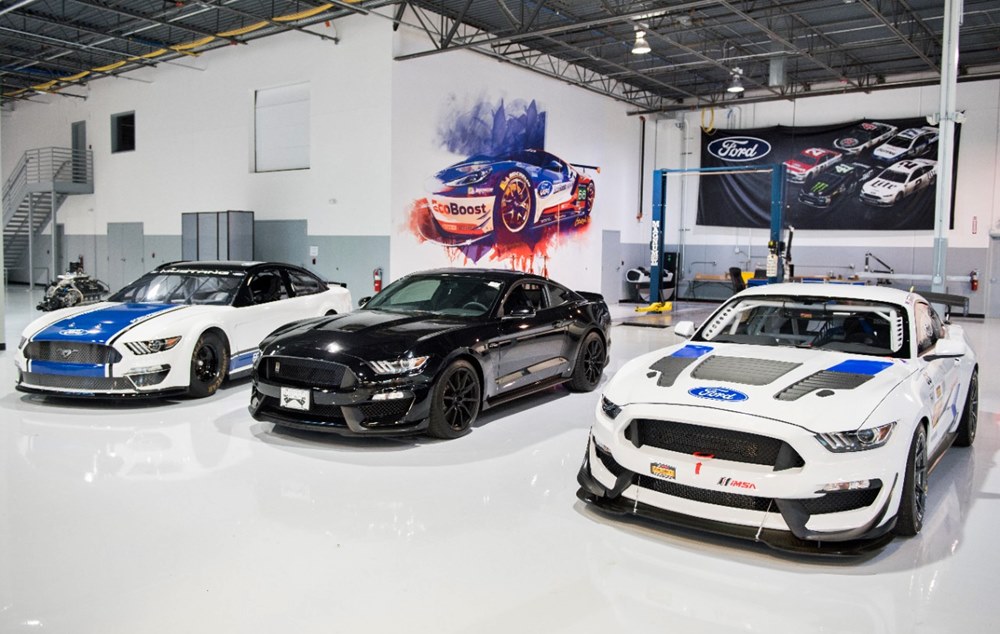
“Mustang was born to race from the start and we’re thrilled to introduce the GT3 version to compete head-to-head against some of the greatest manufacturers in the world,” said Mark Rushbrook, Ford Performance Motorsports Global Director. “With 58 years of global endurance racing heritage, including NASCAR and Australian Supercars today, we are ready to take Mustang to the next level of global performance.
“Multimatic Motorsports is the perfect partner on this project for us,” he added. “Not only have they worked with us to develop numerous customer Mustang programs in the past, but its work on the Ford GT program and the new Bronco DR customer race programs has shown together we can provide championship-level race programs for Ford and its customers.”
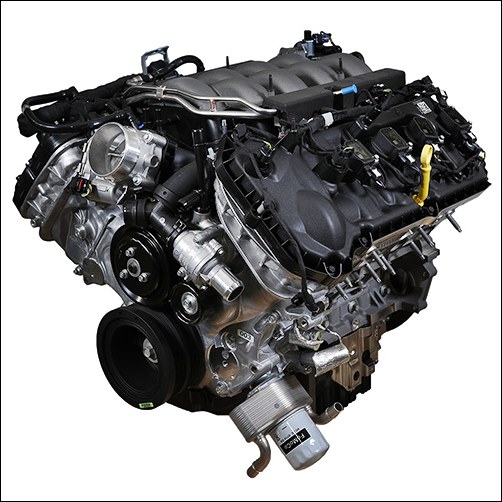
Coyote-based V8
The Mustang GT3 will be powered by a Ford 5-litre Coyote-based V8 engine developed by Ford Performance and built by long-time racing collaborator and world championship winning team, M-Sport in England. M-Sport developed and prepared the Ford Puma Hybrid Rally1 which finished 1-3-5 in its debut race at the 2022 Monte Carlo Rally recently.
“We are delighted to be broadening our relationship with Ford and extending it into the racing world after a very successful 25 years together in the World Rally Championship, which is once again delivering stunning results with the Puma Hybrid Rally1,” said Malcom Wilson, owner of M-Sport. “M-Sport has a wealth and depth of circuit racing knowledge and expertise, particularly from our GT3 programme that used an M-Sport developed V8 engine for GT3 that powered us to victory in the 2020 Bathurst 12-hour race and 2019 1000km of Paul Ricard.

The race-specific powerplant will continue the heritage of high performance naturally-aspirated V8s on the Mustang platform. The Coyote engine, which was introduced in 2011, will have performance and packaging modifications to make it championship-ready for international GT3 endurance racing.
It will feature bespoke Short-Long Arm suspension front and rear, rear-mounted transaxle gearbox, carbonfibre body panels, as well as a unique aero package developed to meet GT3 targets.
Ford and Multimatic will make both factory-backed and customer-ready GT3 Mustangs available to teams from the start of the 2024 season.
New Mustang GT4 too
Although the Mustang GT3 for IMSA is new, Ford and Multimatic confirmed that the successful Mustang GT4 customer race program will continue into the future, with a new Mustang GT4 expected to debut in the 2023 season.
“It’s important to us to continue to support the Mustang GT4 effort as well,” said Rushbrook. “We’ve had a lot of success both here and in Europe with the current Mustang GT4, and we look forward to being able to provide our customers with a brand new car for competition in the GT4 category starting next season. We’ll have more to say on that in the near future.”
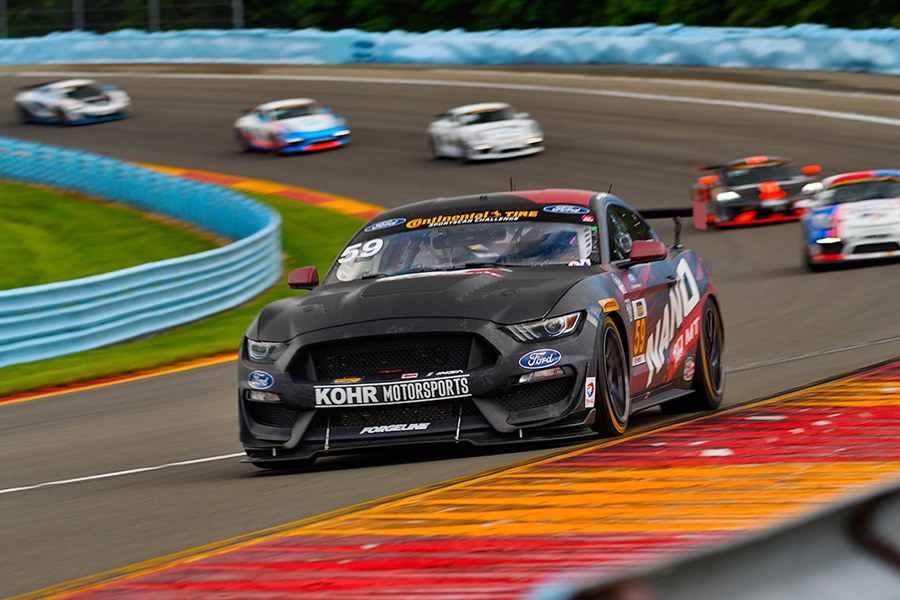
The new Mustang announcements for sportscar racing adds to a series of new racing Mustangs coming in the near future for Ford Performance. The 2022 Next Gen Ford Mustang will debut in the NASCAR Cup series at two races next month. Ford Performance is also developing its new Gen 3 Mustang for the Supercars Series that will debut at the start of 2023.
Ford GT Heritage Edition pays homage to 1964 prototype of Le Mans winners



